Best wishes for Holi 2024





BEFORE gaining employment with the Imbotero Research Centre (IRC) as a trained Forest Ranger and Tour Guide, Mark Sam had a very hard life of travelling long distances to the swamp to cut wild cabbage to sell to the factory at the head of the Barima River.
The 31-year-old is a local of the remote village of Imbotero, North West District, Region One (Barima-Waini) and he is very familiar with the area. As such, he is the perfect tour guide for visitors, especially researchers, who usually visit the IRC monthly.
Sam, a father of three, told the Pepperpot Magazine that, in the far-fetched community of Imbotero, there are hardly any permanent jobs or anything showy there except
for nature and the traditional work of farming, fishing, crab-catching and hunting.
He added that since becoming a boat captain for the IRC, he has gained a lot of training and feels motivated to learn even more. He also has an important job, which he takes seriously. Sam reported that when researchers visit, he takes them around the mangrove forest to identify trees and animals, and he is responsible for monitoring the mangrove ecosystem regularly to ensure it is all intact.
He pointed out that he has spent all his life in Imbotero Village, a riverine community and border area, and also went to school there. He has no desire to relocate since he is accustomed to the simple way of life there.
Sam stated that he is in
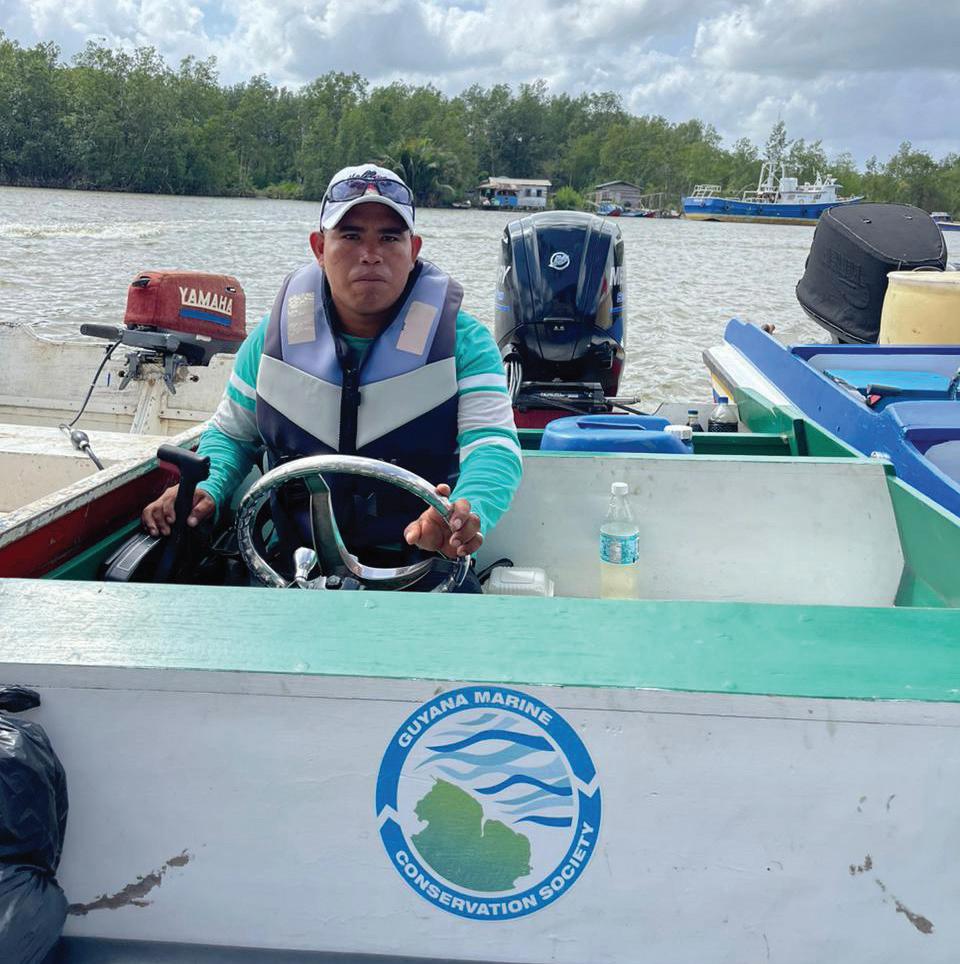
the process of upgrading his house and he is doing it

cals would be temporarily employed at the factory whenever they have to process the wild cabbage for export. Sam told the Pepperpot Magazine that, apart from that, most people have to farm to earn and they do ground provision, which is sold at Kumaka Market, 45 minutes away via boat on Tuesdays and Saturdays.

something new and it helps to broaden my scope and also provide opportunities for me to grow,” he said.
Imbotero Research Centre
in stages since he is not a high-income earner with a steady job.
He explained that his previous task of cutting wild cabbage is certainly not easy; from his home he had to travel by boat for an hour and then walk for two hours to get to the swamp.
Sam added that he would cut the wild cabbage, fetch it, and transport it to the factory where it is sold by grade. The wild cabbage is good for consumption and it is processed, canned and shipped for export.
He stated that some lo-
He related that life in general is not easy in Imbotero Village, and it is difficult to get jobs, so people do many things to earn a living. Sam disclosed that he would take around people associated with the IRC and the Centre to the Guyana Marine Conservation Society (GMCS) to wherever they need to go to do training, research or any work that is related to the facilities.
He credits his current knowledge to living in the area all his life. As a boy, he visited the mangroves and became very familiar with the surroundings, so it wasn’t difficult to put things in perspective when he was trained.
“I feel very honoured to be able to live and work in my village and being close to home is where I want to be. Working at the IRC is a plus for me and my family and every day I am learning
The Imbotero Research Centre (IRC) is a new field facility designed to accommodate international researchers in biological sciences, environmental studies, and cultural/ethnographic subjects.
It is situated in the Barima-Mora Passage Area (BMPA), the largest intact mangrove ecosystem in Guyana, with good access to the Shell Beach Protected Area, one of the world’s premier nesting places for several species of sea turtles.
It offers comfortable, convenient accommodations to researchers and greatly simplifies the logistics of conducting field research in this environmentally significant region, where accommodations and support services are generally difficult to secure.
Researchers are invited to submit proposals for the use of the Centre to the Guyana Marine Conservation Society (GMCS).

‘This is one holiday that brings everyone together’ – resident
OVER the years, PHAGWAH celebrations in Albouystown have become part of the street culture that not only brings fun to the residents who play each year but also contributes significantly to the unity and love among them.
Albouystown, regarded as a high-crime area, comes alive each Phagwah day and is a community featured in the press more often than not each time. For decades now, it’s a norm to see scores of residents taking to the streets to play religiously with each other.
If residents do not want to play and wish to remain dry, then the obvious option over the years has been to take another route; otherwise, there’s nothing like passing and simply requesting that people not play with you.
It’s a fun activity for those playing and even for the onlookers. It’s a time of sharing, caring, showing affection to neighbours and friends, and just having fun!
Heimant Ram and his family of James and Hunter Streets know this all too well. He began playing on the streets for as long as he can remember. “I was born and raised there so we have been

playing since I know myself. I find it got bigger over the years,” Ram recalled in an interview with Pepperpot Magazine.
His mother has eight siblings, most of whom lived in close proximity on two blocks facing each other. The Lall family is probably one of the most popular families in Albouystown.
Together with his ‘hundred and one’ cousins, they’d all go over by the grandparents and play Phagwah with their elders and friends in the community. All of the cook-


ing would be done over here.
Even as people grew up and some people moved
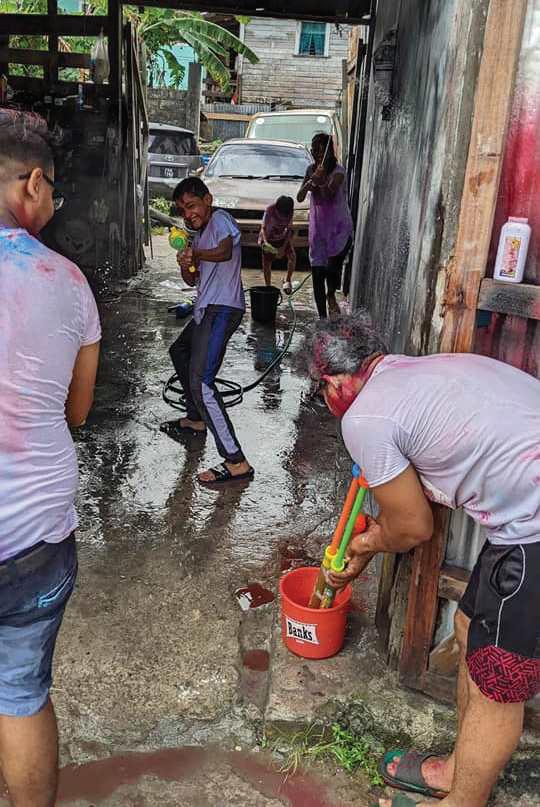
away, the traditions have continued to this day, and they would still return, even if for a brief period, to play Phagwah in Albouystown.
“Our friends from small would come back, and even family members,” Ram reflected, adding, “Even strangers would come and play with us. That’s one of the only days people would come back.”
Apart from the fun it brings, Ram pointed to some of the deeper, more meaning-
ful impacts of such an event.
“This is one holiday that brings everyone together; it doesn’t matter race, or rich or poor. Everyone comes to play.”
Asked what he thinks is different about “playing Phagwah in the ghetto”, he responded: “The difference is that all ethnicities come together; there is no judgement. Everyone is ‘one’ on that day; nobody is Indian or Black.”

WITH improved planning and organisation to make for a nice, easy and smoother flow of the various activities billed for Rodeo 2024, Central Lethem will come alive this Easter weekendMarch 29-31 – with the approximately 10,000 visitors who usually show up for the event which probably causes the most excitement in this part of the country.
Since last year, hotel rooms and other accommodation spots have been booked with persons willing to stay in neighbouring Bon Fin and even a two-hour drive further in Boa Vista, Brazil. Thankfully, this time around, the Takutu Bridge between Guyana and Brazil will remain open on a 24-hour basis to facilitate this.
Several sub-committees have been formed with sup-
port teams to ensure that every single aspect of the event is well cared for, and the mostly volunteers who put in the work are doing a great job so far, Rodeo Coordinator, Rayson O’Connell, told Pepperpot Magazine.
“We get together once a week, every Friday, to go over the execution of various aspects of the rodeo. This process starts in November and we start to meet physically in January,” Rayson shared.
Although having fulltime jobs, those on the committees have been around the rodeo since they were children; they’ve grown up with it and they know what it means to be part of it, hence their willingness to go the extra mile in working to make it a success.
Even as the rodeo is gen-

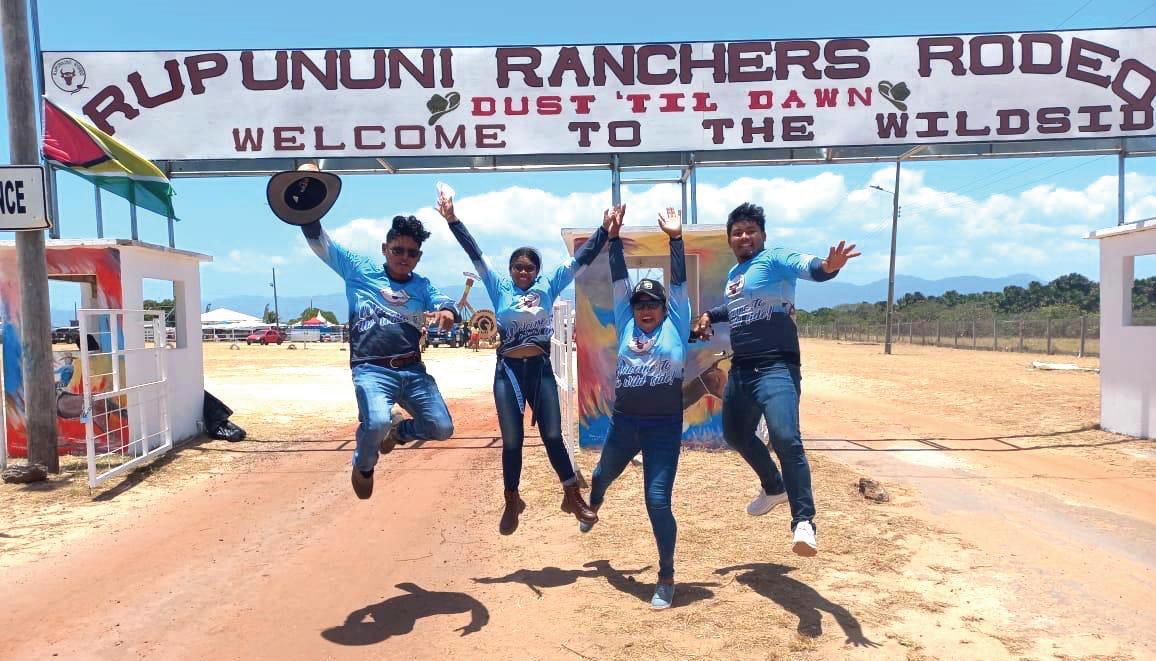


erally about riding animals (bull riding, bareback bronc
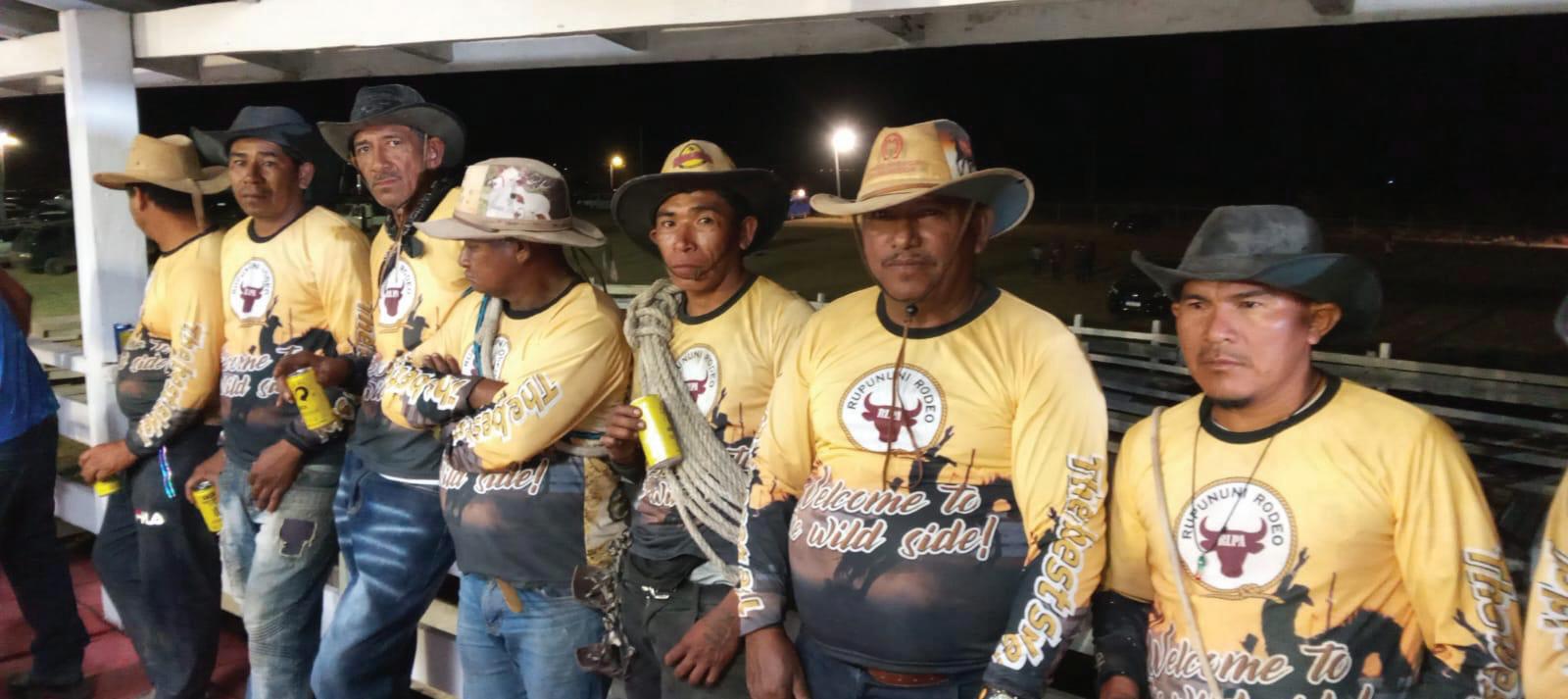
and saddle bronc), there are also other activities like calf roping, wild cow milking, the barrel race, horse racing, watermelon eating competition, dirt bike racing, tug of war, dance off on country music, a rodeo pageant, and prizes for best-dressed adults and children.
Rodeo has always been a big deal for folks in the Region Nine communities ever since it got started in the early 1960s when ranchers would get together to do a big roundup once a year, assisting each other in identifying, branding and separating their personal herds from other ranch herds.
It was from this system of ‘self-help,’ starting south of the Kanukus towards the cen-
tral and northern ranches and ending in a final big roundup at Pirara that a friendly competition was born. Not too long after, as the ‘60s progressed, the rodeo became an organised event and moved to Stock Farm in St. Ignatius, Lethem.
Conservation International and the mayor’s office have always supported the event, and this year, it is being sponsored by Digicel. Preparation and decoration of the ground to feature a facelift, is underway, and the kids’ fun park will be installed soon.
The rodeo pageant will be on Friday night from 19:00hrs and delegates will
TODAY, March 24, is being celebrated by billions of Christians worldwide. It is the happy Feast of Palm Sunday. On this Palm Sunday, the Biblical recorded triumphant entry of Jesus Christ into Jerusalem, riding on a donkey, as crowds of His followers placed palm branches before Him, while singing songs of praise. It was only a matter of a few days before another crowd lustily called for Him to be crucified. On what has been celebrated as “Palm Sunday” here in Guyana for centuries, Christians celebrate one of the year’s most joyous Christian Feast Days. It is a time when palm branches are cut from palms and waved in celebration at Holy Masses and other Church Services.
There are occasions when some Palm Sunday activities actually spill out of the church and the Faithful process in the public domain. These are the occasions when church elders organise with members to display their faith and love, as well as their loyalty and dedication to the wider society as Christians. Official permission from the relevant authority is requested for such use of the public domain. That is usually given, and Police support is readily supplied. In every instance over the years, all went well.
There have been many occasions when onlookers have even joined in the singing as a procession went by.
By-and-large, Guyanese show respect for religious events which are performed in the public domain. I can recall an incident when there was a public religious procession. Ap-
proaching it from a side street was a youngster pushing a BOOM-BOOM cart, which was playing the latest pop songs extremely loud. One of the church group elders approached the youngster and requested to lower the volume a little. The young man displayed full respect by turning down the volume of the music he was playing to a level that did not interfere with the worshipers’ prayers as they went by. Guyanese are usually respectful of religious organisations. We have been well aware of the official policy of the government of Guyana since the time of independence. The three major religions - Christianity, Hinduism and Islam - have all been included in official events such as the opening of Parliament and Remembrance Day.
As is known, the most loved palm tree in Guyana is the coconut tree. The produce of this particular palm family member is a great money-earning one: water coconut. The liquid inside this large nut is extremely popular, especially with men. Some decades ago, the celebrated Jamaican singer Harry Belafonte, recorded a song with lyrics extolling the virtues of coconut water; “Coca got a lot of iron. Make you strong like a lion,” the singer advises in that very rhythmic Caribbean song.
Unfortunately, however, in his song, Belafonte never mentions anything about the palm leaves of the coconut tree, without which there will be no coconut or coconut water. Palms, whether they be coconut, are the most commercially viable. With their strong tap roots, palms, such as the coco-

nut and the century palm, are most useful in holding the soil together. So, it is fair to state that palm trees are worthy of our respect, from root to trunk to leaves. Palm trees should also be respected for their longevity; many of the palm tree family live to be 100. Think of the Century Palm; it is so lofty and awesome!
In the accompanying photograph to this article, is a palm tree which was planted by Prince Charles, who is now King Charles lll of the United Kingdom. As such, that tree should be a tourist attraction, especially for Brits. I wonder whether the authorities at Linden have ever promoted this tree as a tourist attraction. I also wonder whether the British High Commission members in Georgetown have been informed of this tree and its significance to His Majesty King Charles lll. Maybe a leaf from this tree could be on display at the High Commission as a relic for those British tourists who are unable to get to Linden in Guyana. Just a thought. A leaf from a tree might be as informative as a leaf from a book. One only has to read it carefully.
Palm: This Palm tree was planted by then Prince Charles, now King Charles lll of the United Kingdom, in February 2000, at Linden, Region 10 (Photograph by Francis Quamina Farrier)


AS Pepperpot Magazine continues to explore Guyana’s beautiful lengths and depths, the individual identity of each village is constantly showcased. This week, we ventured into the community of Three Friends. This quaint, picturesque escape could be hidden past the mining town of Linden. With neighbouring communities
shared about the village’s past.
The community was named after three founding men: Sir John Spencer, John Blunt, and John Patterson. According to the community’s records, the three Scottish men ventured into the region during the 1800s to cultivate oranges. Previously, the community was coined ‘Akyma,’ an Amerindian

like Coomacka and Watooka, the village is home to its own unique history and rich culture. The village has a deep, rich history that it still holds dear to this day. The little community of Three Friends is a captivating and friendly escape just on the outskirts of Linden. The village houses a diverse mix of close-knit people who are as peaceful as the scenery.
The founding of the community
The community of Three Friends may not ring a bell to many today, but, in years gone by, it was the centre of one of Guyana’s biggest industries: bauxite. The village is said to be the site of Guyana’s first bauxite mine. Moreover, the community houses a memorial stating Three Friends as the first bauxite mine in South America. Remnants of the community’s industrious past can still be found today. Secretary of the Community Development Council, Ronel Evans,
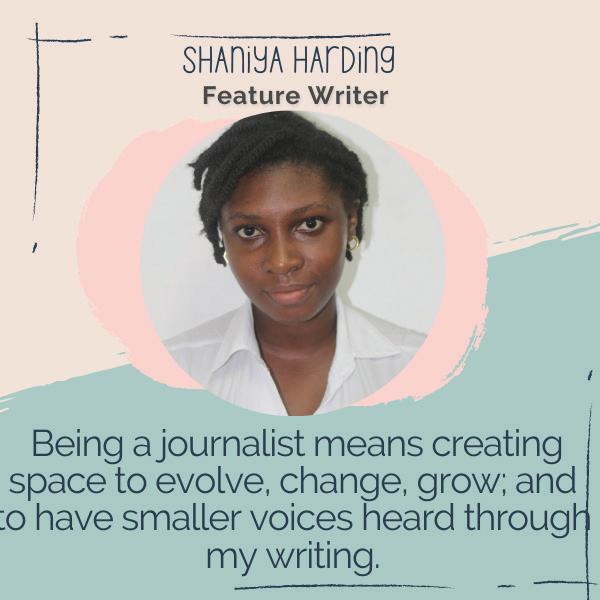

scenery as it does history. Ronel elaborated on the village’s tourism potential, sharing that the opportunity exists. All that is needed is for someone to harness it. “We
also have the 100-year signboard, which is located at Maria Elizabeth, where the first bridge was actually built across the Demerara River. I think if we develop that area
term which is said to be synonymous with surprise. The trio stumbled upon bauxite ore, and by May 13 1820, Sir John Spencer had bought the land, giving rise to the aptly named Three Friends village. Coming from a community that was predominantly occupied by Amerindians, today, the village houses a vibrant mix of people, which has given rise to the community’s unique cultural flair.
Ronel was born and raised in the community. Although he no longer permanently resides in the village, he still profoundly loves his home and is dedicated to improving the community.
“Three Friends actually has a population of about 400 persons living here. And it has approximately 150 to 200 houses,” he stated.
One of the major developmental thresholds of the community is tourism. The village is an untouched reservoir of natural beauty. From captivating blue water lakes to immersive hiking trails, Three Friends has as much
along with the Blue Lake area, it would actually bring in a lot of positive action to our community.”
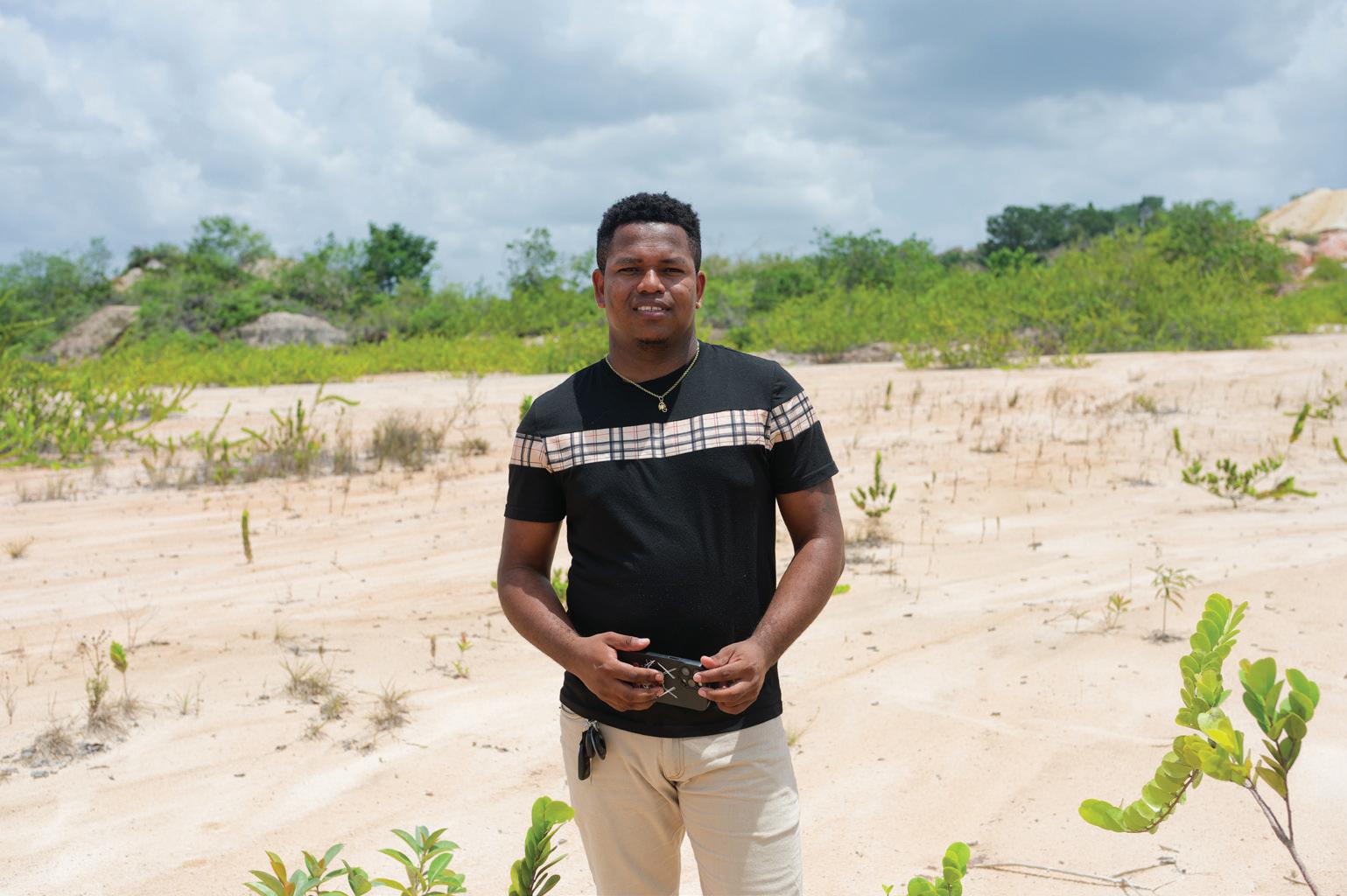
have a blue lake, which actually has a beach, and many persons would go there for recreational activities during Easter, and they would play games and have fun.”
Ronel believes that the village sites are as interesting as their past, and coupled with each other, they could work to bring people into the village. He stated, “We
face of challenges
In the realm of community development, countless efforts are being made. Like the rest of Guyana, infrastructure in the community is being prioritised. The village’s bridge is currently under reconstruction, which acts as an integral link between communities. Although there are areas in the community where residents would like to see improvements, the positive steps being taken are undeniable. As Ronel shared, “I think that our community actually needs a lot of development. For example, we have a community centre that is here that needs rehabilitation. There are bridges that are being built in the village. The women’s group, they have a shade house.”
One of the issues the village has grappled with is its

THE sounds of birds through the canopies, the light laughter of children playing in the open streets, and the hum of a boat engine are just a few of the things that make the community of Three Friends what it is. The village, home to more than 400 people, is uniquely located on the outskirts of Linden. Life in the community has evolved to incorporate all modern necessities with practices that many consider traditional.
Marla Lamazon is a lifelong villager of Three Friends. She says that many aspects of the community remain primarily the same among improvements. However, one aspect of village life has seen a shift is the work people do and how money enters the community. Having origins in bauxite mining, logging, and later agriculture, most of the village population now ventures outside the community for work. As Marla stated, certain economic endeavours are dwindling. “From since I grew up in here, it’s been bauxite mining and logging also. We have a little farming, but not much, you know. Up and down with the farming.”
With recent developments, the village has seen notable growth. According to Marla, the addition of
electricity and water has improved the standard of living in the community, making it a good place to live. “The place is very nice. At least soon, we’re supposed to get the road tarred. We have electricity…the most we will pay is like $1,000 or $300 when we come - $300, $2,000 at the most. But if they allow it for more, well, then it will get cut off. But, free water, nice lights.”
However, the community grapples with its challenges, the biggest being the availability of goods and services. Although the village houses countless small businesses, the opportunity still exists for more diverse business ventures. The community hopes that in time, business in their community will grow because travelling to Linden is no easy undertaking, says Marla. “Well, it’s kind of challenging, but we have to do it because the majority of the stuff is out here.”
She added, “Leaving the community to go and buy your ration and other stuff. It’s really challenging. Not kind of challenging, really challenging.” Challenges with living in the community are coupled with motherhood for Marla. As the mother of four explained, “Well, that. Raising four kids is really tough. As for me, it’s really tough.”
The importance of hard


work
Clinton Courtman lives just on the edge of Three Friends village. His home is among the first in the community and was built on the bank of the Demerara River. The ambitious young man has called the community home for several years, and although he has left several times throughout the years, he always returns to Three Friends. Today, he is a champion for youth development and the importance of hard work. His passion for hard work, especially for young people, comes from his own past. Growing up, although he was full of potential, Clinton admitted that he didn’t place as much emphasis on his education as he should have. “I graduated from TI. I was the best employee for a year. I got an award for that. I took part in most of the activities in the country. I graduated. I never really took much seriously,” he stated.
Logging is still a vibrant business in the community. For the men of the community, logging and bauxite are the most common options for work. “Mostly, it’s logging in the community. Logging and people who work in the bauxite company. Logging and bauxite,” says Clinton. Three Friends is home to a logging concession that was developed in hopes of making the work less arduous. However, the industry still has its challenges and remains a
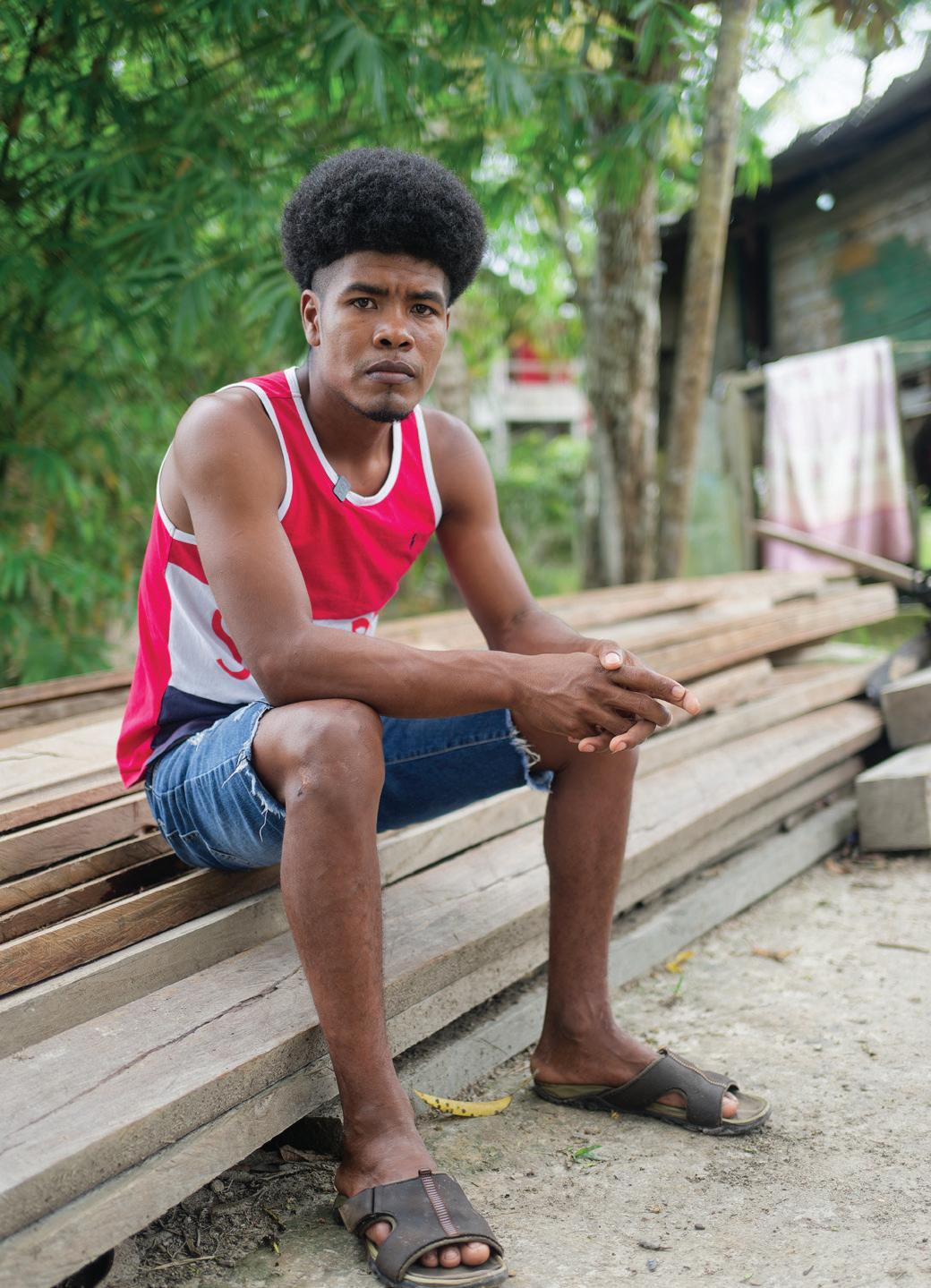
field that requires hard work and long hours. As Clinton explains, “It is different here because this community has a concession, but the distance and the people you have to get access to the wood and things like that is difficult. It’s a long process.”
Many people may not see the appeal of calling a community like Three Friends home. However, Clinton shares that his village is among the most diverse and supportive places in Guyana. “One of the things I like about the community is that some people just come together and help you with things like the farming group just come together and work towards together and stuff like that,” he said.
Throughout his life in Three Friends, Clinton has dealt with his share of challenges and changes. But his drive for self-improvement, backed by the unwavering community’s support, has brought him a long way.

Linden and much of Region 10 has become synonymous with mining and logging. For communities surrounding Linden, logging is one of the most viable options for work miles outside the capital city. But logging is dangerous, strenuous work. With long hours of physical labour coupled with the constant threat of falling trees, the job is undoubtedly on the riskier side of business. This is perhaps why women are not often pictured in the field. However, amidst other changes, women are becoming more involved in the logging industry. Although they may face different challenges, the women participating in logging find solutions. Nola Lamazon of Three Friends is one of these industrious and certainly ambitious women who seek to make their mark in the field.
Early life in the community
For most people, the community of Three Friends is simply a mark along the way, and it may sometimes get lost and blended into the background with surrounding areas. Those who call the community home, however, have a different take on the atmosphere of the village. Lifelong villagers like Nola describe the community as uniquely peaceful. Her early life in Three Friends was modest and was characterised by the little work her father did in the then-vibrant bauxite industry the area has become known for.
Although challenges were present, the tough times were interwoven with great childhood memories of being immersed in the community’s natural beauty. As Nola shared, “Growing up in this community was a great priv-

ilege. Because at least you get to explore the community.
Now, the children just be inside with phones and gadgets and so on.” Her family’s early adversities taught Nola countless lessons about the value of hard work, many of which came from her mother later on. As she recounted, “It was hard at first. My parents, my father, he worked, he worked in a bauxite company and at that time, you know, it was not much. My mother, she stayed at home until she became a community health worker which gave us a little more boost in life.”
Life in and out of Three Friends. As she continued to
strive, Nola eventually left her home in Three Friends. Long before joining the logging industry, Nola was a mother. For many years she sought work outside of the community and even lived in the capital city at one point in time. “I moved to Georgetown, where I met my children’s father. I gave birth to two children, Stephanie and Tiffany,” she explained. She later returned to her village after spending several years away. Although much had changed, the village’s quiet, serene nature remained the same. “In Three Friends, it’s peace and quiet. In Georgetown, it’s a busy life,” she shared.
As much as the commu-

financial struggles that sought to threaten her family. She took up several jobs over the years, but the most challenging mantle has certainly been logging. She stated that she joined in hopes of creating a better life for her family. “I got into logging just to gain a better life because, at first, there wasn’t anything to do. So, this logging concession was formed by a youth group. And, as a youth at the time, I got involved. Honestly, when it started, I was not involved.”
But she is definitely involved today. Nola is among a small number of women in the logging industry. Having been in the field for more than 15 years, Nola explained the arduous process required for lawful logging. “I have to apply for a concession through some kind of forestry commission. And we have 25 members, and you basically get tracking tags from forestry. You go, you cut your wood, you tag and sell off and so on.” The major difficulties arise in the area of physical labour.
nity’s peacefulness is valued, the serenity does come at a cost. Drawing a comparison between her journey and time in Georgetown, Nola explained that acquiring certain items proved challenging in Three Friends. This is in stark contrast to Georgetown, where there is always a store around the corner. She stated, “You would find that in Georgetown, for me, at some point, things were easier when it comes to meeting the daily necessities and so on when it comes to this community. Sometimes it could be challenging when you need something and you cannot get it. You find persons who are farming, but not on a very large scale.”
The logging field, with its chainsaws and hauling tons of timber, is not often a field in which women are pictured. Nola admits that initially, she did not set out to be a part of logging but rather turned to the field out of necessity. Upon returning to her village as a mother, Nola was faced with a new set of
The industry is facing its fair share of challenges as well. With the effects of climate change being felt far and wide, Guyana is making efforts and strides to protect our natural diversity, and our forests are of particular interest. The Guyana Forestry Commission has set out to diversify the logging industry, with decreased logging in certain areas. However, this is not done to make loggers out of a job. However, the commission and loggers are working tirelessly to find more sustainable alternatives.
As Nola explained, “Forestry is trying to do away with this kind of logging right now because, uh, this climate change and people cutting down trees and so on. They’re trying to move away so persons could find other things to do, like coal burning. Like, you know, you’re going to find the other, the pieces of wood that are there. Or do some farming, this hemp program they’re trying to get you involved in and so on.”
According to Nola, men have an advantage in logging. As men venture out themselves to harvest lumber through the forests of Region 10; women are forced to entrust men with their work. She elaborated on the matter, adding, “As a woman in the logging industry, it could be challenging because if you’re a man, you would go and cut your wood yourself. A woman, you gotta employ somebody. So that brings challenges because, the men would gain more because they would go and cut themselves. For the women, you have to find everything. You have to employ somebody. And then it doesn’t give you the assurance that they would cut something good for you.”
Challenges in the Industry and at Home
The loggers and the community at large look forward to introducing new sectors, with tourism being in the spectrum of areas to be developed. Three Friends has benefited and blossomed over the years in the sphere of community improvement. The community has grown over the last few years, as living in the community becomes more comfortable. “We have more persons moving within the community, moving into the community. Health services are more improved. Communication, because we got internet.” Villagers like Nola are optimistic about the trajectory of the community’s development. They are hopeful that positive steps are being taken towards uplifting the captivating haven that is their community.

 By Shaniya Harding
By Shaniya Harding
MORE than 100 years ago, the community of Three Friends was a modest bauxite mine. In those years, the community was home to very few and was reminiscent of a ghost town, as bauxite mining had reached its pinnacle and then began to decline. The village had very few people to call it home and was more mine than house. In recent times, however, the village has seen unprece -
sons behind the community’s recent significant growth. The population growth can be felt most at the community level, with more people noticing new neighbours and community businesses gaining more customers. But nowhere is it felt more than by the members of the community who seem to know everyone, such as Rashana Lorrimer. Rashana is one of the village’s community health workers and is the nurse in charge at the Three Friends health outpost. She
Rashana and her colleagues. The influx of people is among the biggest changes in the community, according to Rashana.
As she explained, “Since I grew up in Three Friends, the place has changed a lot. Mostly, the population has risen since I was younger, and more houses and more people from the outskirts come into this area and they build, they make life. So, I would say from then to now, the population has risen, people have come in, the

dented growth. As the village continues to evolve and change in various ways, more people are finding their way into the community. Today, the village of Three Friends boasts a population of more than four hundred people. This is a big step for a community that was once no more than a stop along the mines.
The Pepperpot Magazine sought to investigate the rea-
was also born and bred in the community.
Throughout her years growing up in the community, Rashana’s love for her village was ignited by the people who surrounded her. Today, she has taken up the mantle as head of her community’s health services. Meeting hundreds of people every week, very few people see and feel the growth in population as much as
nature but the hospitality that resides within the community’s people. According to Rashana, people are drawn to the peace the community offers. As she stated, “A lot of people have come into the community because of
the place being quiet and the people in the village are very nice, and it’s a very nice area, I would say.”
Nurse Rashana is a wellknown name throughout the community of Three Friends. Growing up in the village, Rashana was always a community advocate, but it was not until she returned to the community that she sought to fill the role she currently holds today. As she explains, “Well, after I wrote CXC, I was looking for a job and I worked at Qualfon. But I was not really comfortable there and then I came back to the community because I was out of town. I came back to the community, and the people there said they wanted their own health worker because nobody from the village was working here.”
Coming back to Three Friends and struggling to find work, the job at the health post was just as important to her as it was to the community. As Rashana stated, “One person was working here,
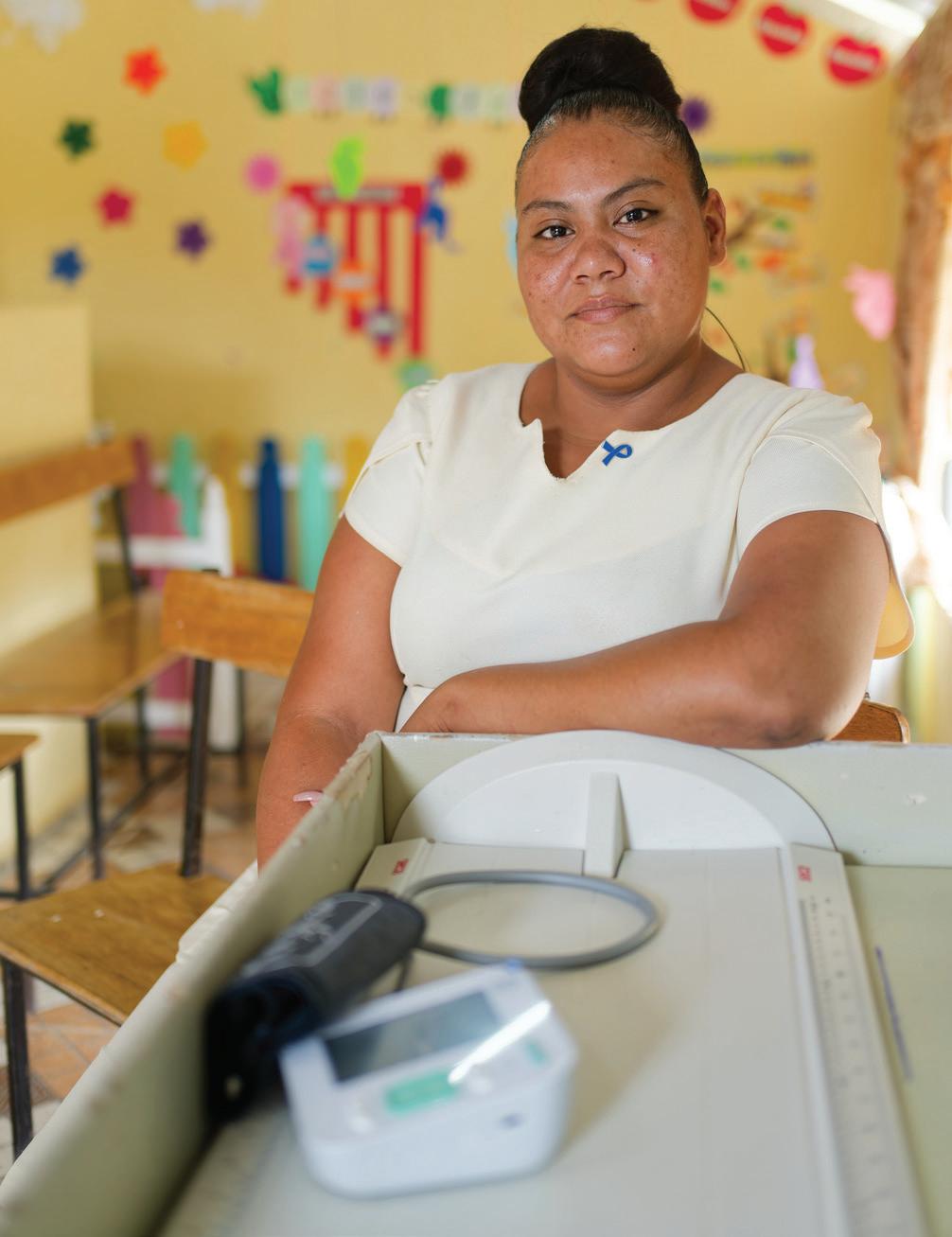
community has changed.”
Community development projects are countless in Three Friends. Works are currently taking place on the village’s infrastructure, with an emphasis on agriculture and soon tourism in the area. These are just a few reasons why people are venturing into the mining community. Another reason they may want to call it home is simply its serenity that goes beyond
but she retired. So, when the village came together, the outreach worker made me our community health worker. So, that is how I made this position for me.” Although she was not in search of the position, she is happy that she found it and considers it her calling today. As she stated, “I am very happy with the position. So, my work basically here is immunisation, outpatient, and chronic disease. I like that. Primary health care.”
As a nurse in Three Friends, Rashana plays an integral role in the health and well-being of the community. Especially considering that she and her team are the only healthcare providers in several villages. Describing her work, Rashana stated, “Well, my normal day as a nurse, I come into work. Most days, every fourth Thursday of the month, we immunise children. In the clinic, they are vaccinated. So, that day really, I just be very busy. That day, I would call myself a nurse. Very hardworking. I would say.”
The Three Friends health post facilitates more than five hundred people, says Rashana, including babies, the elderly, and those who may venture from surrounding communities. With the rise in population and improvements in the community, Rashana believes that more people will continue to flock to Three Friends. As she stated, “I would say my community or our community is a good place to live. Because of the atmosphere, I would say. I find it comfortable to be here.”
Regardless of the changes and challenges, Rashana is adamant that she will continue serving her community wholeheartedly, stating, “I feel very proud that I grew up in this community and I’m serving the community. And I want to serve them more.”


BECAUSE this column has dealt with Prehistoric Art more than once, there is no point in repeating the same. Instead, there is relevance to what ‘Civilising Awareness’ means in reference to the Arts with the advent of the high civilisations whose topical discussions we have become accustomed to in discussion, beginning with Khemet (Egypt) that was settled as sensibly argued by humanity that had travelled down the Nile from the font of the White Nile; humanity who have occupied lands like modern Uganda, Ethiopia, etc.
And what art are we referring to that has impacted us to the point of birthing a leap forward in the interest of ‘civilising awareness’? It no doubt began with oral literature; lively concepts that helped define nature and its peculiarities with characters and names that defined the seasons and separated the hunters from the hunted, and the lore of the night against the dawn.
Such things were illustrated on walls; carved out of wood, clay and stone. Our observation no doubt captured the family life of animals who hunted as groups that inspired our bonding into the reality of survival, enabling us to recognise the moods that defined the seasons. The first Guilds no doubt began with the skill of hunting and defence weapons, and the arts of clothing, imagery of storytelling, and toys, for, remarkably, in our distant past, children played with toys designed for males and females alike.
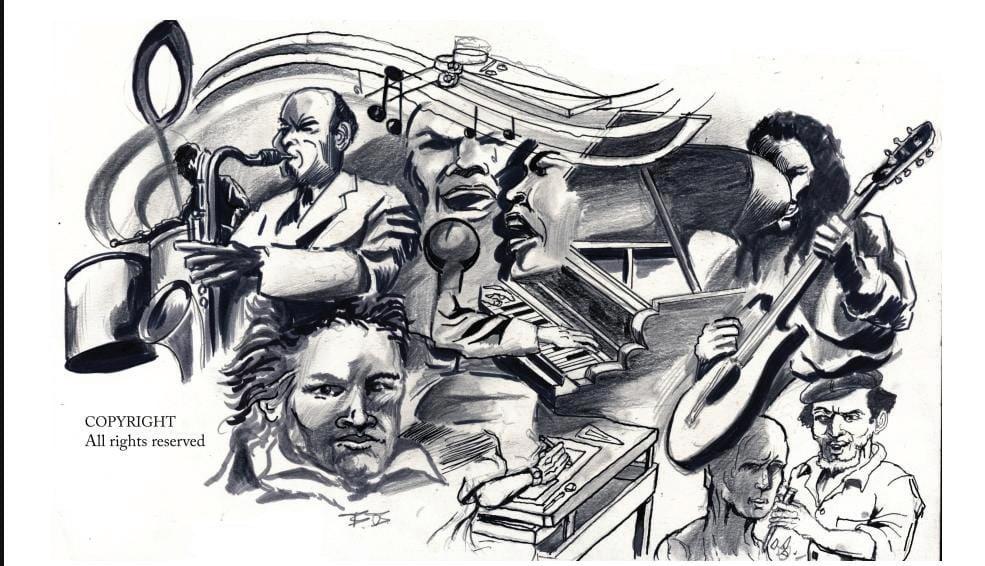
This was the conclusion as to how the awareness of our creative gifts contributed to our ‘Civilising Awareness’; an awareness that with the tapestry of the moving starlit skies summoned the serenity to understand a common kinship that could only be reasoned through the logic of religion.
Thus followed the Arts in giving form to religion, and the mystery of religion inspiring the Arts towards a new dispensation, as with humans, not always positive, but that’s a different column.
However, to reflect closer to home, few know that Jamaica and Guyana were the first two CARICOM States that developed Art Schools. This was to demonstrate the Arts as a national economic niche, and in support of other related areas because there was an encyclopaedia of industries proposed that would need original art to support trademarks and culturally relevant imagery through numerous forms. But global issues impacted, and talent started to drift away to not-sogreen pastures as perceived, while some made a considerable impact, and others, like Dr. Denis Willams, returned to serve.
Where we are now is on a stage that was activated decades ago, but met with unforeseen obstacles with the growth along the way, into stagnation and the confusion of where real possibilities lay. Many talents were captured in this confusion, not with respect to the capabilities of their gifts, but in the absence of the necessary institution/s with the required awareness to facilitate the evolution of the talents from the capability to the interface between talent and organised readiness towards industry.
That absence affected the symmetry towards that natural growth of awareness in the Arts of Guyana, locally and abroad. This analysis is made holistically across the Arts as it relates to the absence of multiple institutionalised Guyanese overseas and local Arts-based business entities, though the raw potential is viable.
Though not one of the much-vaunted GDP-sacred sisters inherited from the colonial past, the talents existed in the Arts, protecting the ‘Aesthetics of the Once Garden City’. I want to repeat one of the most frightening utterances that a friend told me while discussing the passing of the late Derrick Bernard as an unused talent in the context of what he could have offered. Other names were
mentioned, and my buddy looked at me over his spectacles and terrified me with what followed. “Barry, I’m telling you, God has been kind to this country with the gift of creative talents. One day, He will stop with those gifts; it will happen.”
I’m not superstitious, but he had me terrified of the prospect. I even attempted to defend our position, and we ended up laughing it off. It was a terrifying thought for a moment, and I felt that I had to point out that “We, the artists, were victims.” I was aware that in the 1966, the Guyana Graphic Independence Souvenir paper, on Page 71, there was the boast of one discipline: “The theatre in Guyana; the most virile in the Caribbean.”
In closing, I will repeat what I’ve written in the media, over and over, across the past 15 years: “For the Arts to succeed as a GDP provider, it has to have included in its main management practitioners of the Arts, who have ventured into the commercial world of its area of ‘Creative Cultural Industries’, and who have faced the fire and retreated with experience, and a heightened awareness of what is necessary to succeed.”







EARTH HOUR, the world’s largest grassroots environmental movement, returned for its 18th edition with the ‘Biggest Hour for Earth’ in support and celebration of our planet. In an increasingly divided world, Earth Hour serves as a beacon of positivity, hope, and inspiration to rally as many people as possible, particularly people who are not fully engaged with the environmental crisis yet.
● Earth Hour 2024 environmental campaign is set to shine an unmissable global spotlight on the twin perils of nature loss and climate change, by providing Guyanese 60 minutes to support and celebrate our planet.
● Under the theme of sustainability, supporters in Guyana on March 23 join over 190 countries and territories to create the Biggest Hour for Earth, part of WWF’s efforts to turn a single Earth Hour into thousands and millions of hours of action and awareness.
About Earth Hour
Born in Sydney in 2007, Earth Hour has grown to
become the world’s largest grassroots environmental movement, inspiring individuals, communities, businesses and organisations in more than 190 countries and territories to take action for our planet.
Earth Hour 2024 aims to create the Biggest Hour for Earth with its call to action: “Give an hour for Earth”. It encourages participants from all walks of life worldwide to share their commitment to the planet by dedicating one hour to fun and planet-supportive activities. From learning about nature by watching documentaries to embracing eco-friendly practices and sustainable diets, there is something for everyone. This serves as a rallying cry for the unprecedented collective action needed to address pressing environmental challenges.
Earth Hour is organised by the World Wildlife Fund (WWF).
WWF is an independent conservation organisation with over 5 million supporters and a global network active in over 100 countries.
Earth Hour returned for its 18th edition with the Biggest Hour for Earth as it united millions around the world in celebration of our planet.
WWF’s mission is to stop the degradation of the earth’s natural environment and to build a future in which humans live in harmony with nature by conserving the world’s biological diversity, ensuring that the use of renewable natural resources is sustainable, and promoting the reduction of pollution and wasteful consumption.
The Hour Bank
The Hour Bank is a new online interactive tool that invites everyone, everywhere, to find the most enjoyable ways to give an hour for the earth. In Guyana, Earth Hour has set a target of 1000 hours pledged for earth. Whether it is a mindful walk along the sea wall or in a nature park, feeling the earth, taking in the sounds of nature or engaging in a nature scavenger hunt to identify and swap out unsustainable products with eco-friendly alternatives, there are myriad options.
The Hour Bank lists activities and events based on participants’ lifestyle interests and preferences, from food and fitness to art and entertainment.
The “Give an hour for Earth” call-to-action makes participation even easier and fun, encouraging individuals to switch off lights symbolically and take 60 minutes to do good for the planet while doing something they love. Earth Hour believes that ev-
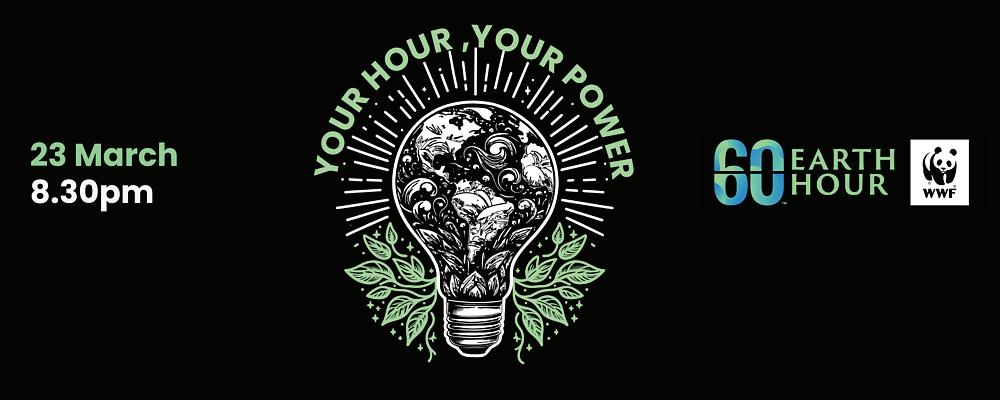
ery one of us in Guyana has the power to impact our planet positively, but it’s up to us as individuals to decide how we do so. This has led to the development of the slogan, “Your Hour Your Power”, to give people a sense of ownership and deeper meaning to the hour(s) they pledge for the earth.
on three main activities: The Eco-Explorers Scavenger Hunt, a Nature Exhibition and the Light-out moment. These events took place on
This year, Earth Hour in Guyana focuses its efforts






SARAH’S mind was burdened with conflicting thoughts, and the closer Jared got to her through her family, the worse it became for her.
Sitting by the riverside one late afternoon watching the sunset, she thought, “I wish there was somewhere far I could go away from everyone for a while.”
She sighed, feeling despondent for she was beginning to lose enthusiasm for everything she loved to do. What she did not realise then was how real that wish would be.

The summer holidays began, and Sarah’s time was spent at church and doing activities for the children. This year, though, brought two new events: a gospel concert at the stadium and a visit by a small group of church members from the United Kingdom. They wanted to tour a few regions to experience the country’s rich eco-system and do some community work whilst spreading the word of God. Sarah was thrilled with the upcoming events and that lifted her spirits.
“I guess it’s an adventure I need,” she expressed, feeling quite excited.
The long drive along the trail, bordered by green forest foliage, spotting different species of birds and the vehicle getting stuck for almost an hour were all part of the adventure. The real adventures, though, were the nature walks, bathing under the many waterfalls, boat rides along the river and spending time with the native people in their communities. The different places visited in Regions 7 and 8 were like little paradises. Before returning to the coastland, their last tour was to Kanapang, boating up the Cuyuni River through a rapid. Sarah wasn’t so sure about that, but the rest of the group wanted to make the trip.
“We are here to spread the word of God,” they reassured her, “Have no fear, my child.”
That was the scariest trip of her life as the powerful boat sped through the rapids, but disaster struck when they hit a stronger current that rocked the boat. The captain shouted to them to hold on strong, that they would soon reach less rough waters, but the current became stronger, the water rougher, and they rocked the boat.
Sarah’s hands were growing tired and she couldn’t seem to hold strong anymore, so when the boat heaved one more time, she and the pastor’s son fell overboard. He reacted quickly and managed to grab on to the boat but the water caught her. She gasped, the rough water crashing over her head, her arms flailing to stop herself from being swept away with the strong current. There were desperate shouts from the others on the boat, but no one could do anything about it. The captain radioed for another boat to try and pick her up, for the life jacket would keep her afloat.
The water was crashing over her head, almost suffocating her and with all the strength she could find, she kept her head above water, but worse was to come when she felt something hit her head and she could feel the bleeding. As dizziness overcame her and the fear now that she may not be rescued in time rushed through her mind and, she cried, “Is this where I die, dear Lord?”
She did not know how long she floated and how far the current had taken her but as darkness stepped in, she felt hands pulling her up and she lost consciousness.
Sarah opened her eyes slowly; everything seemed blurred and her head was throbbing. She gasped weakly, trying to call
for someone but no sound came from her lips. She closed her eyes and reopened them a few minutes later, her vision a little clearer. She was in a strange place and heard voices that seemed to come from afar, strange voices and soft, drifting laughter of children. Then, an image appeared, a man with rugged good looks, brown hair and grey eyes.
“No, this can’t be,” she heard herself crying, “Where am I?”
She drifted off and awoke again with warm sunshine streaming through the window, cool refreshing air, and twittering birds and different sounds. She turned her head a little, grimacing with pain and saw a vase filled with fresh wild flowers by the bedside and a pretty little native girl sitting
there, looking at her.
“Where am I?”
The door opened, interrupting her thoughts and a native woman entered, a motherly smile on her face.
“Good morning, you’re awake,” she said in perfect English, and looking up at the heavens, she muttered something in her native tongue.
She helped Sarah gently into a comfortable position, went out of the room and came back with a cup of fresh herbal tea.
“Sip it slowly,” she advised her, “It’s strong, and it will boost your system.”
Sarah nodded her head in thanks and tried to smile SEE PAGE XXII
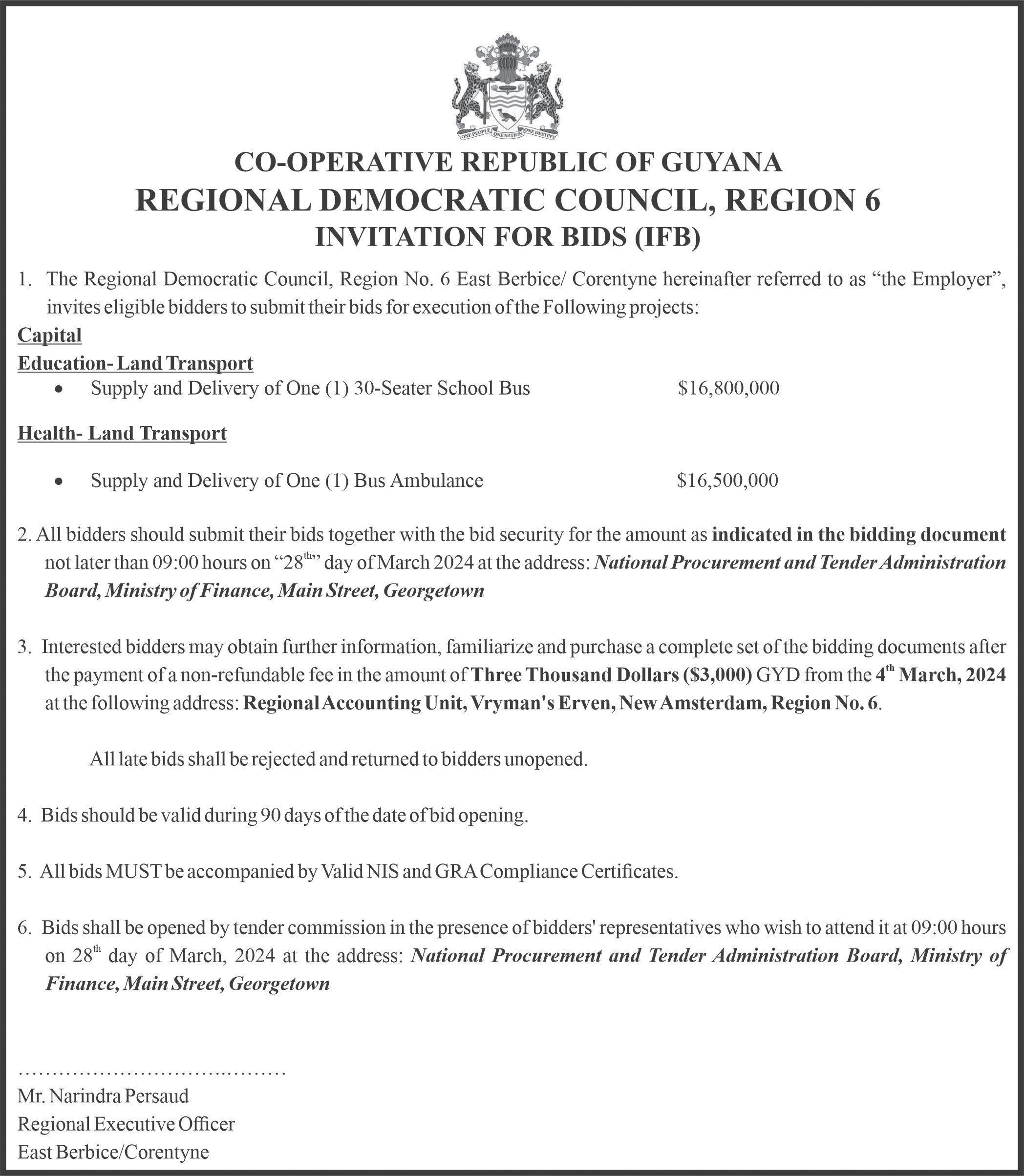










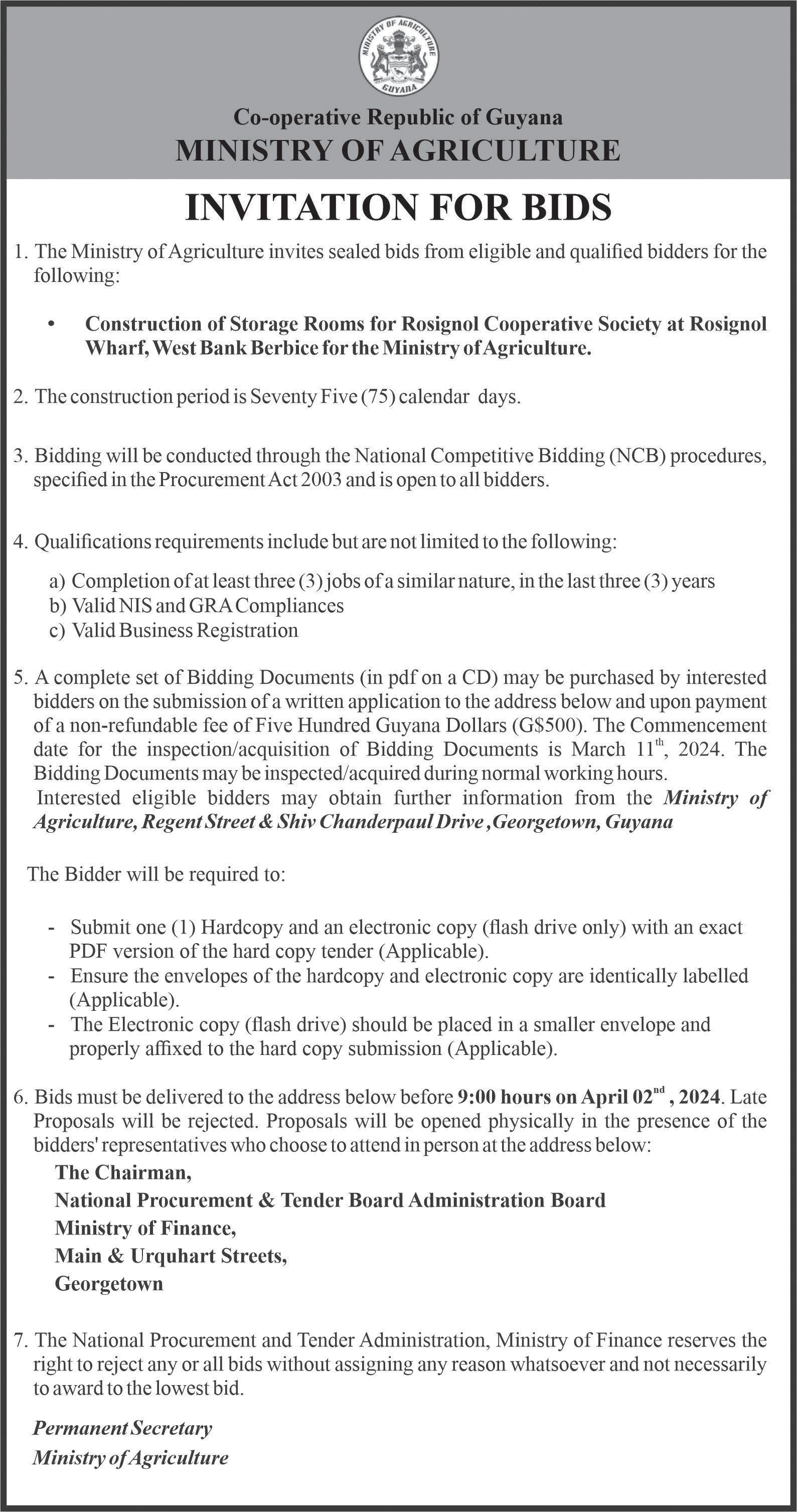




I ALWAYS like to highlight the irony of economic growth with the realities of social issues. Within the last 100 years, human beings have discovered more wealth than any other civilisation. Yet still, there is still a staggering amount
ing food insecurity around the year 2020. We often label it as a personal failure or downfall, but it is more so a deep-rooted systemic issue. Most people simply cannot afford to purchase food due to unemployment, poverty and even discrimination.
for many people.
The “Food Justice” movement seeks to improve universal access to nutritional and affordable food for all. This is a global call for awareness and action against food insecurity. I will discuss

of conflict, inequality and poverty among us. Have you ever been worried about where your next meal is coming from? Do you worry about whether you can afford your next meal? If you answered no, then you should consider yourself lucky and privileged. Why? Even decades after the industrial revolution, many human beings still do not have basic necessities such as food.
Food Insecurity is defined as people not having enough food to eat or unaware of how they will get their next meal. It is important to note that this can happen to any human being. According to Healthy People 2030, 13.8 million households were experienc-
There are many underlying factors that cause this, and some may even be interconnected.
I think the world is filled with too many resources for people to still be hungry. We should be able to prioritise access where there is none and improve on existing avenues that are available. This should be a collective effort by civil society and the state. Food Insecurity leads to a lack of nutritional food and benefits for people. A high rise in Food Insecurity means a high number of unhealthy citizens. Hunger is an obvious effect of food insecurity. However, it is not limited or subjected to that alone. The lack of food may have physical effects on the body, but it can also be very emotional and mentally challenging
the content of this movement in a future column.
The National Breakfast Programme is a great initiative to help to tackle instances of food insecurity in Guyana. Non-governmental organisations such as Food for the Poor also provide resources and supplies countrywide to improve access to food. I am using this platform to encourage more people and local organisations to contribute in some way towards this phenomenon. Even if it means checking in on your neighbours next door to see if their children have enough healthy lunches for their school week, that is better than nothing at all.


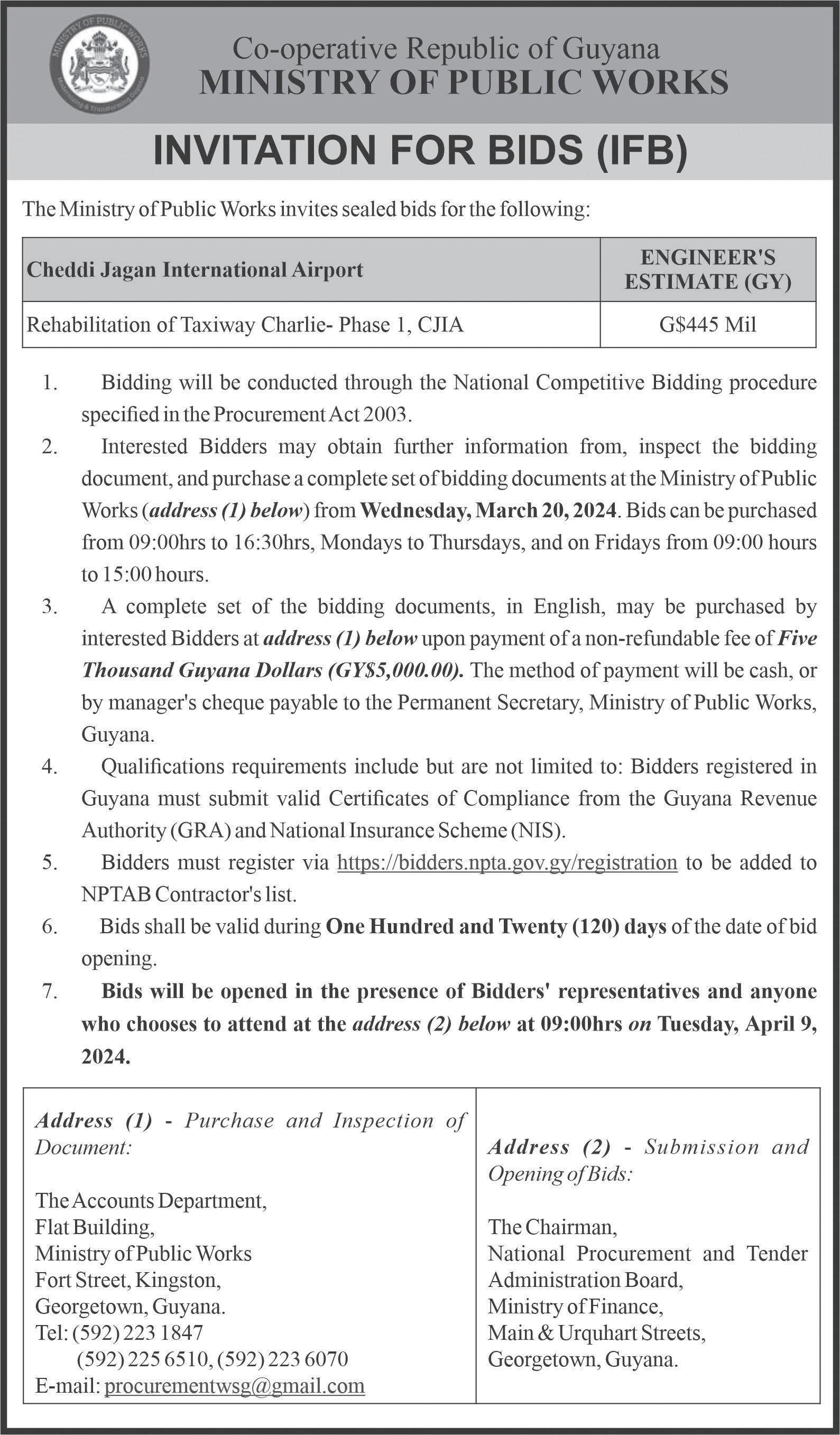


at the little girl standing by the bedside.
“Just relax,” the native woman said to her, “I’ll get Mr. Nathan.”
The door reopened a few minutes later and Sarah saw the man she had seen last night, standing there as real as ever.
“Oh, Lord,” she said silently, “Is this really happening?”
A warm feeling pulsed through her body, and she couldn’t be sure if it was from the tea or from seeing him.
“Hi,” he greeted her, a smile of relief on his face, “It’s good to see you’re back.”
He spoke with an English accent and she tried to say something but couldn’t, tears gathering in her eyes.
“No, no, don’t cry,” he said hastily, concern in his eyes, “You’re in good hands, the doctor who was here attending to you will be back soon. Maria will make for you a herbal soup then she’ll give you her special bath.”
She nodded and he left her in the care of the native woman and her little girl. The soup rejuvenated her, filling her body with warmth and bringing some colour back to her cheeks. A little later, two other native women helped her to a bath tub in what she now recognised was a cabin and she relaxed for a good while in the petal-fragranced water.
“I wonder what’s this place and who is the man who came to see me.”
He came back when the doctor arrived and she was told she apparently had a boating accident and had hit her head on a rock whilst being swept away by the rough water. The scratches and bruises on other parts of her body would heal over time. The injury on her head was not too deep but the loss of blood and trauma had caused her to lose consciousness.
“How did I get here?” she asked.
“I was coming back with two of my workers from another area,” Nathan answered her, “When I saw you floating and pulled you out of the water.”
She looked at him and said, tears in her eyes, “You saved my life, thank you.”
He smiled, “It’s all in God’s will.”
She inhaled slowly, those words giving her a happy feeling and she asked the doctor, “Am I going to be okay?”
“Yes, you will, just some medication for the pain and lots of rest.”
“And when you feel well enough to talk,” Nathan said to her, “You can tell us what happened and where you’re from so we can inform your family.”
A perplexed look crossed her face and she muttered, “What happened? Where I’m from?”
There was a long pause, and then she said, with a tremor in her voice, “I don’t know.”
Nathan and the doctor exchanged looks of concern.
“And your name?” the doctor asked.
“I-I don’t know.”
The realisation that she had lost her memory due to the hit on her head caused her to break down in tears and Maria held her, comforting her. The doctor gave her an injection to sedate her, and he said to Nathan, “This does occur sometimes; hopefully, she recovers soon. She needs to rest. In the meanwhile, you can send scouts out to find out where the accident happened and who she was with.”
When the doctor left, Nathan returned to the cabin and stood by the bedside, looking at her. She was so young and beautiful, and it touched his heart that she was in such a predicament. He brushed back gently a strand of hair that had fallen over her face and said quietly, “Hope you get better soon.”
To be continued
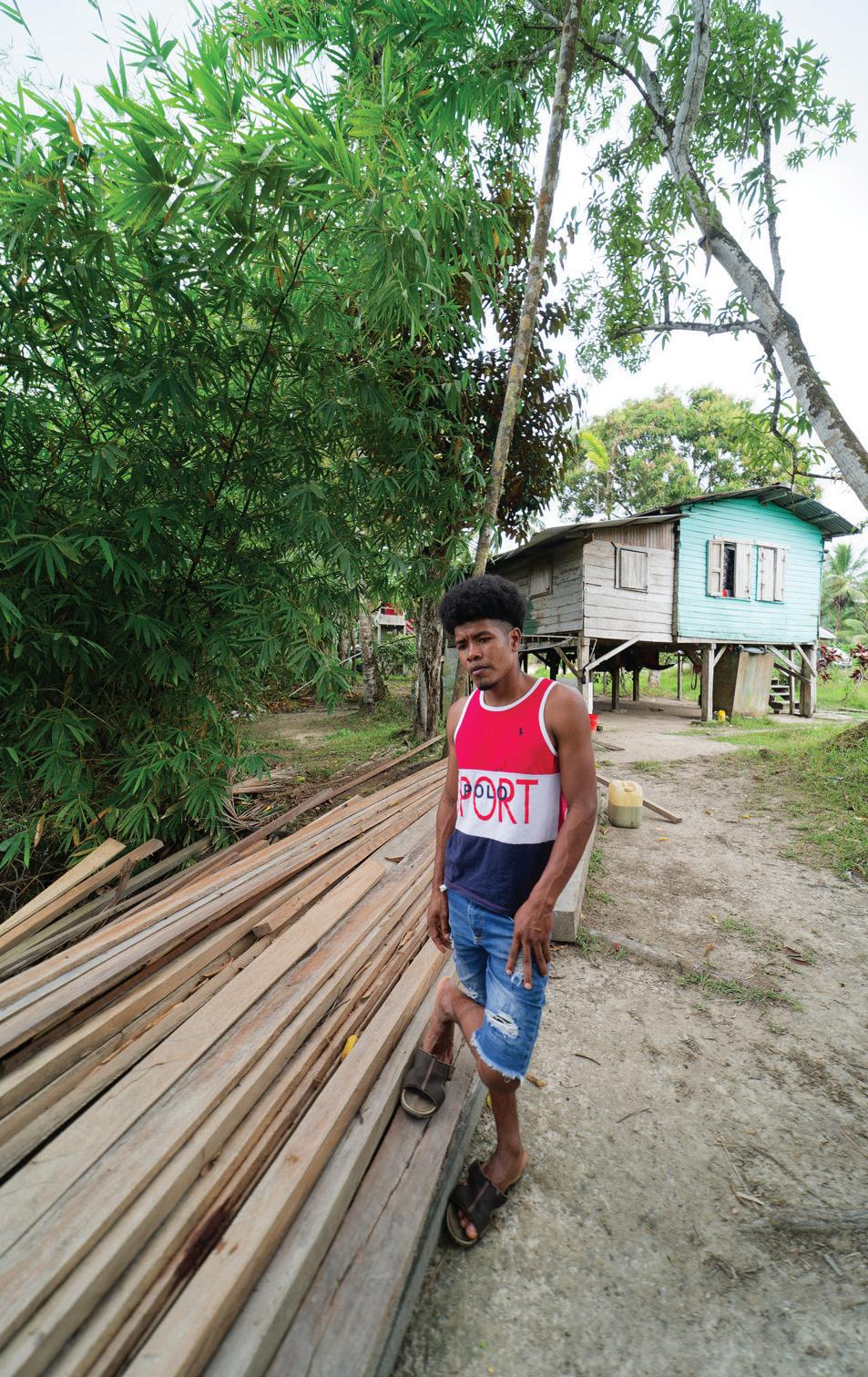




 FROM PAGE XIII
FROM PAGE XIII
Saturday, March 23, 2024. Following the scavenger hunt, the day into night of activities conclude with a cultural event counting down to the lighting up of Earth Hour Emblem in the Botanical Gardens at 8:30 PM.
For the Scavenger Hunt, teams registered and were featured in a Senior and Junior Category. The Nature Exhibition showcased various organisations’ approaches and initiatives towards sustainability and was aimed to inspire and educate the public about the importance of protecting the environment and living in harmony with nature. Exhibits featured demonstrations and activities that highlight the benefits of renewable energy, sustainable forestry, waste management, environmentally friendly measures and more.
Guyana once again joined with over 190 countries and territories to create the “Biggest Hour for Earth” as part of WWF’s efforts to turn a single Earth Hour into thousands and millions of hours of action and awareness. Earth Hour 2024 brought together conservation NGOs. Civil Society Organisations and government agencies to shine an unmissable global spotlight on the twin perils of nature loss and climate change.
Earth Hour is more than a moment; it’s a movement that, for the last 18 years, has continued to inspire and mobilise people globally, reminding us of our collective responsibility to create a more hopeful and resilient future for our planet.
It is your hour your power.
Visit www.earthhour.org to find out how you can take part this year, and Give an hour for earth.
Visit www.panda.org/news for the latest news and media resources and follow us on Twitter @WWF_media.
For more information, please contact:
World Wildlife Funds Communications Officer
Tel. 592-2237801; 223 7802
You can share your ideas and questions by sending letters to: “Our Earth, Our Environment”, C/O Communications Department, Environmental Protection Agency, Ganges Street, Sophia, GEORGETOWN, or email us at: eit.epaguyana@gmail.com. Follow us on Facebook and Instagram and subscribe to our YouTube channel.
be showcasing their horse riding, bull whip cracking and lassoing skills.
“I found out that there are two crowds that come to the rodeo: persons interested in the rodeo events and those who like to be in the party zone as observers,” Rayson shared, so arrangements have been made to facilitate both groups adequately.
In the interest of efficiency and better time management, the organisers have decided that this year, the presentation of prizes will be done right after each event
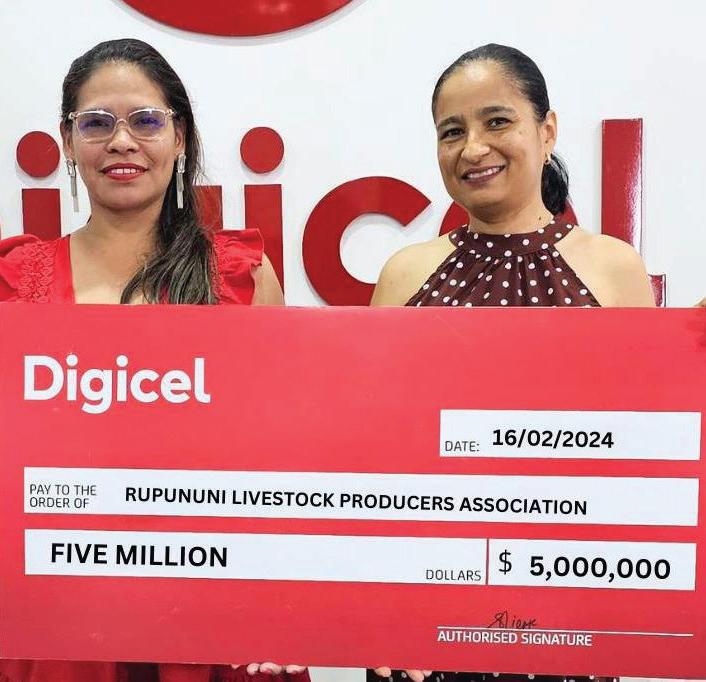
instead of doing them all at once at night. This cuts out the long prize-giving ceremony at the end of the day.
Meanwhile, riders and cowboys from Saddle Mountain and other remote locations in the Rupununi will begin leaving their homes a few days before the event with their animals, sleeping and resting at various spots along the way as they journey to Central Lethem for the rodeo.
In the early days when it started, the rodeo remained at Stock Farm until the Rupununi Development Company (RDC) gave the Rupununi Livestock Producers Association (RLPA) land in Tabatinga. Here, organisers began to set up basic infrastructure. Even as the event was held without any sponsorship, the need for a more organised and structured rodeo became apparent as the number of persons attending grew.
Today, the much-anticipated and well-loved event, having garnered national attention and support, is being organised by the Rodeo Committee, which is a sub-committee of the Rupununi Livestock Producers Association (RLPA).
Over the years, the event has gained popularity, with neighbouring Brazilian ranchers and cowboys joining in.


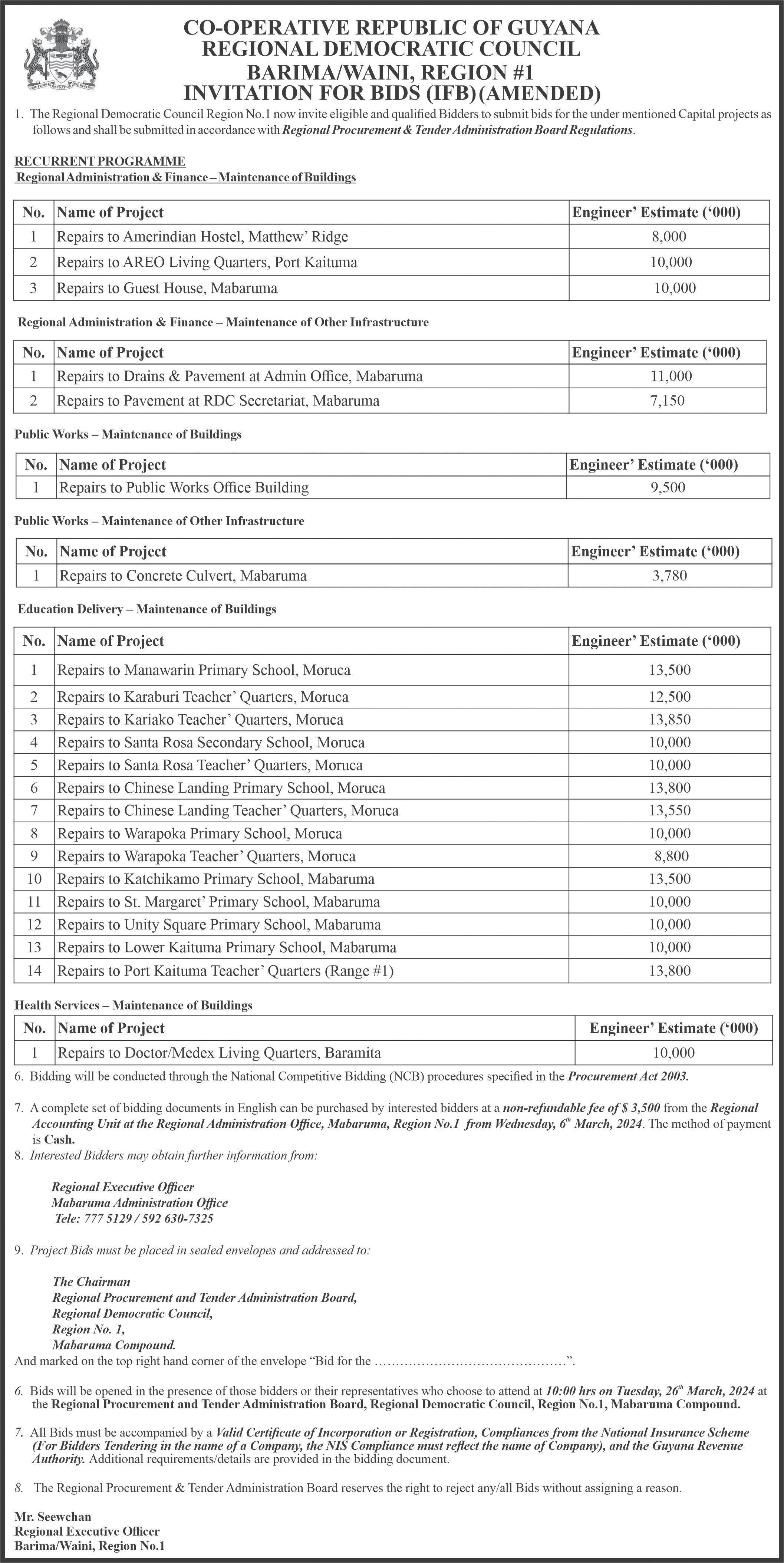
FROM PAGE VI human resources, specifically youth development. According to Ronel, high school dropouts were a major stumbling block for the village. In recent years, however, with the advancement of technology and communication, the community’s youth have been making greater strides.
He further elaborated on the topic, sharing that, “Persons are becoming better and being able to educate themselves and get themselves in touch with doctors, teachers, nurses, etc. But I still think there is room for improvement and more development for our youth.” The community’s sense of togetherness also continues to grow with the expansion of the village. Although the community houses more than 400 persons, they are still close-knit. “The people who actually live here, we socialise a lot because it’s a small community. Everyone knows one another. For social activities, we have games on the block. We have a barbecue around the village shops,” Ronel shared.
A community bustling with tourism potential
Olitia Jones is another villager of Three Friends. Exemplifying the welcoming nature of the community, Olitia is a jovial and pivotal part of the village’s tourism committee. “What we’re looking at is that True Friends has a lot of potential for tourism because we have white water, and Three Friends has been fortunate to have the shade house, which a lot of communities do not have or were not fortunate to have.”
Taking pride in her community, Olitia, who is a nurse at the Three Friends health outpost, is optimistic about all that her community has to offer. She describes the village as being a peaceful place with an amazing mix of people. Things such as the village’s drop zone, and a small waterfall, are all things that Olitia believes could bring people to the community. “Also, we have the churches; there are 3 or 4 churches in here of different religions. We also have the drop zone, there are some shops, and as you go forward, you can explore, you’ll see other things. We also have the bridge, the first bridge of the mining, that has been there for over 100 years.”










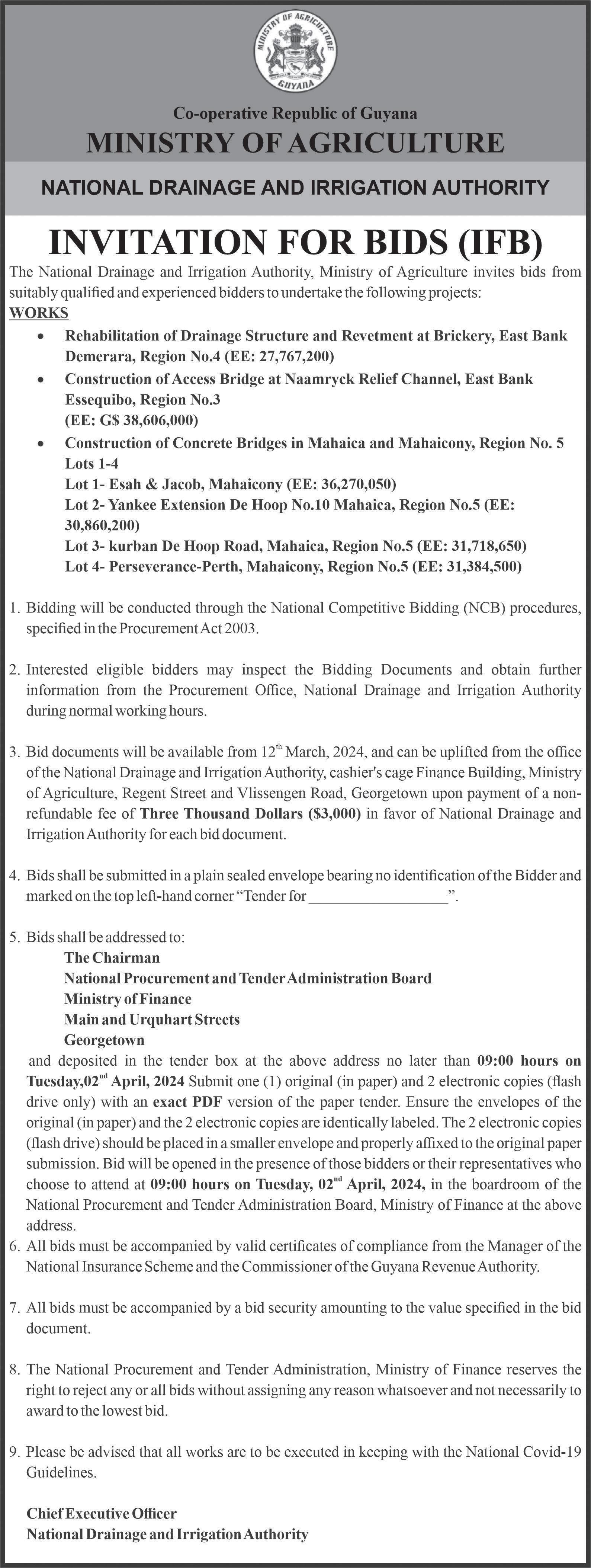





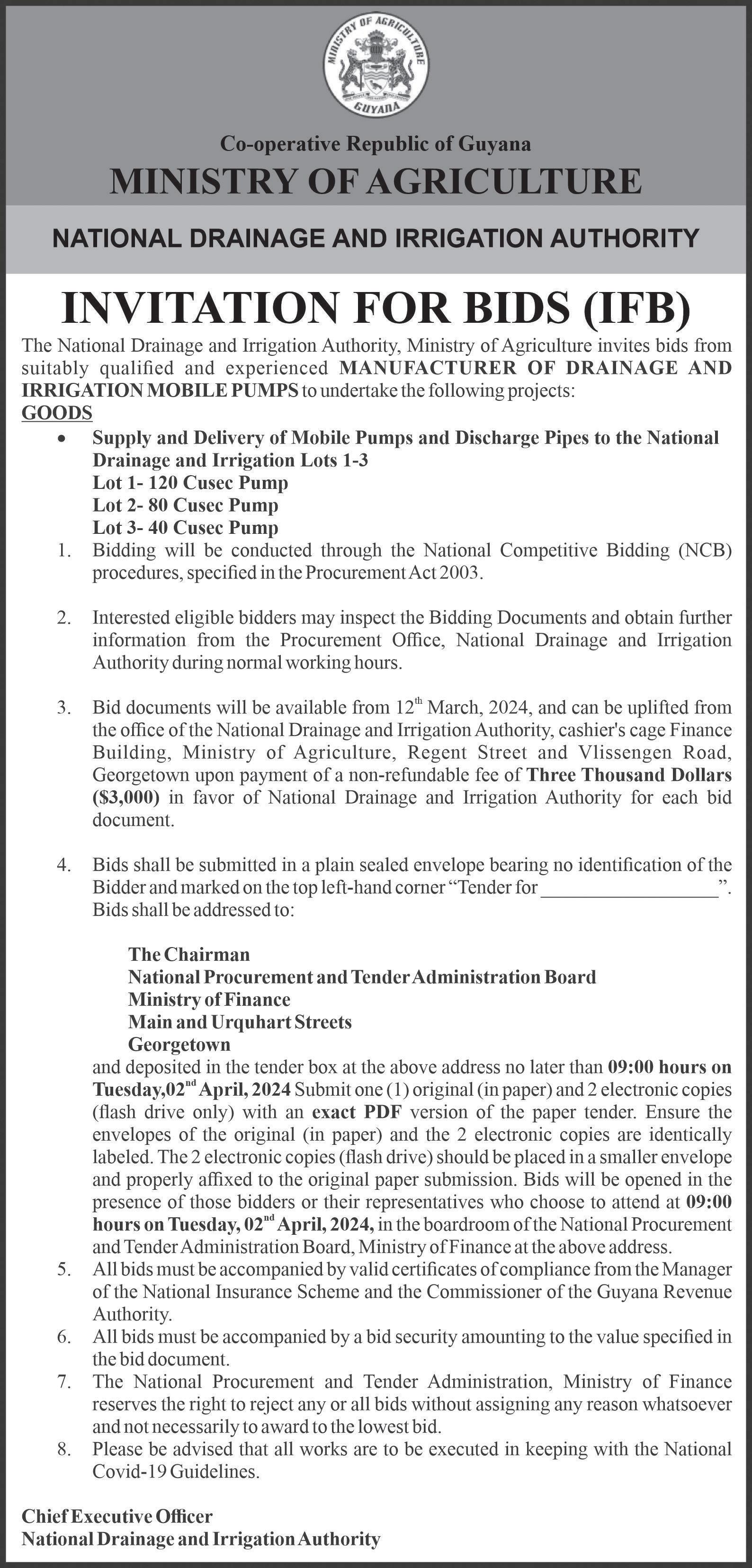

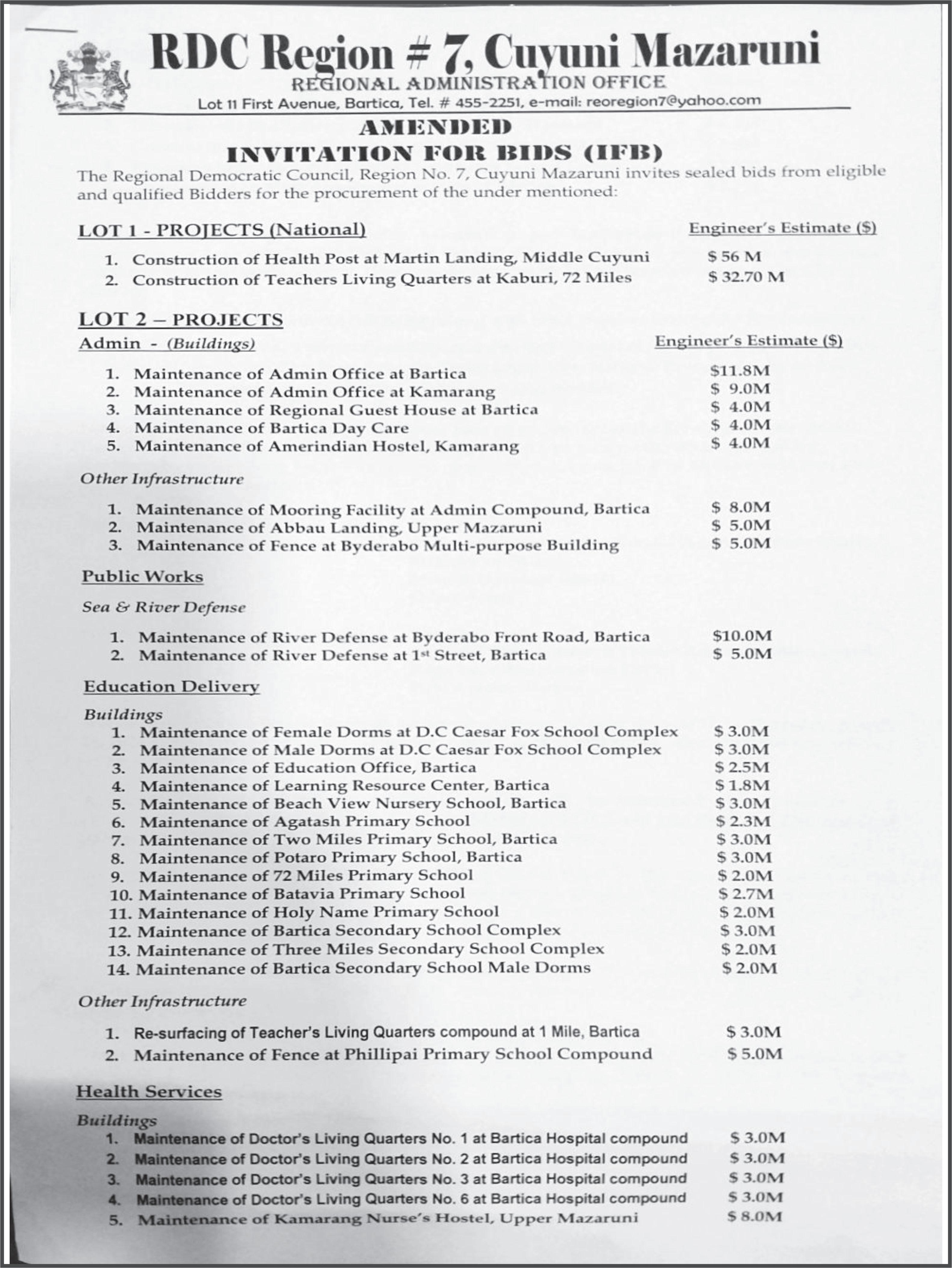

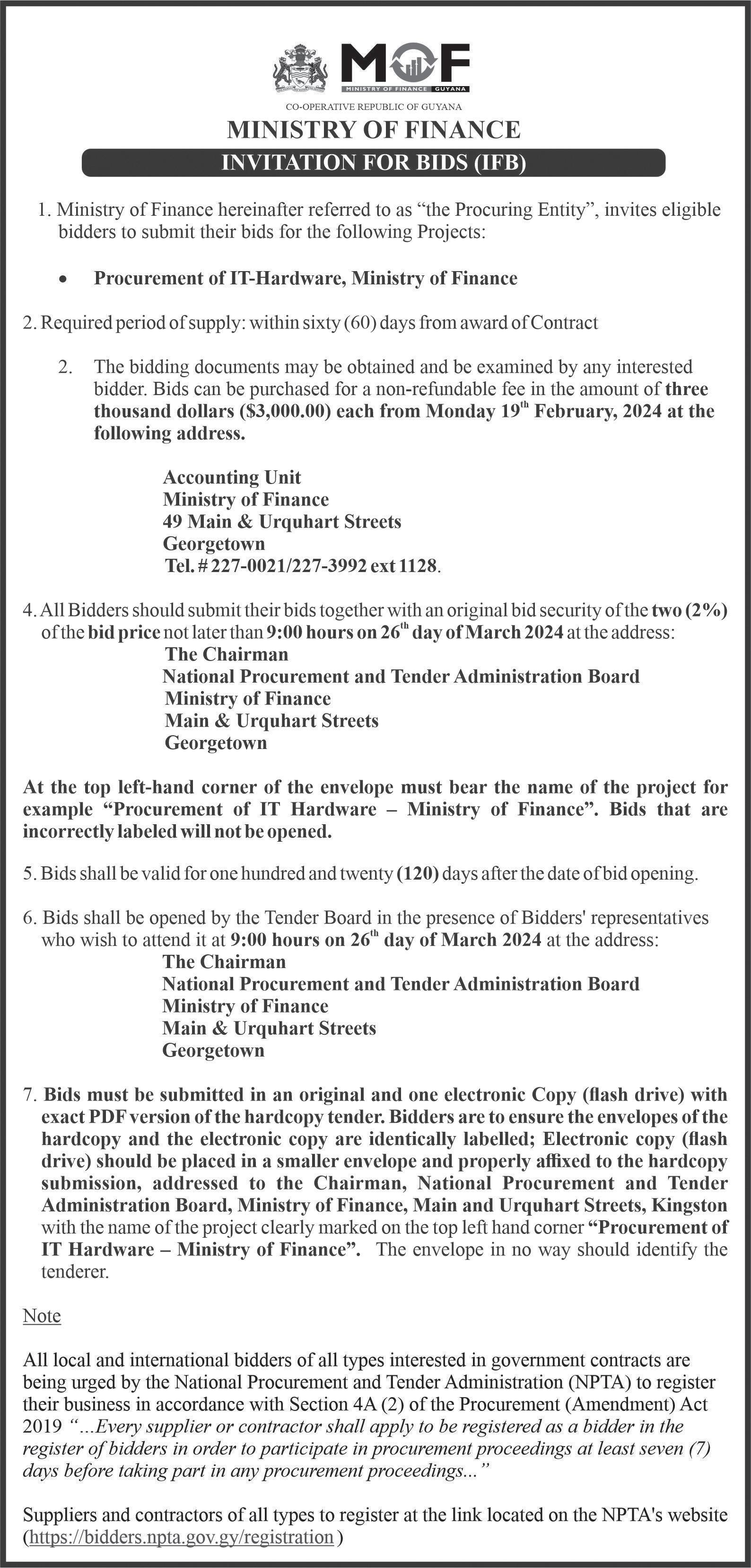








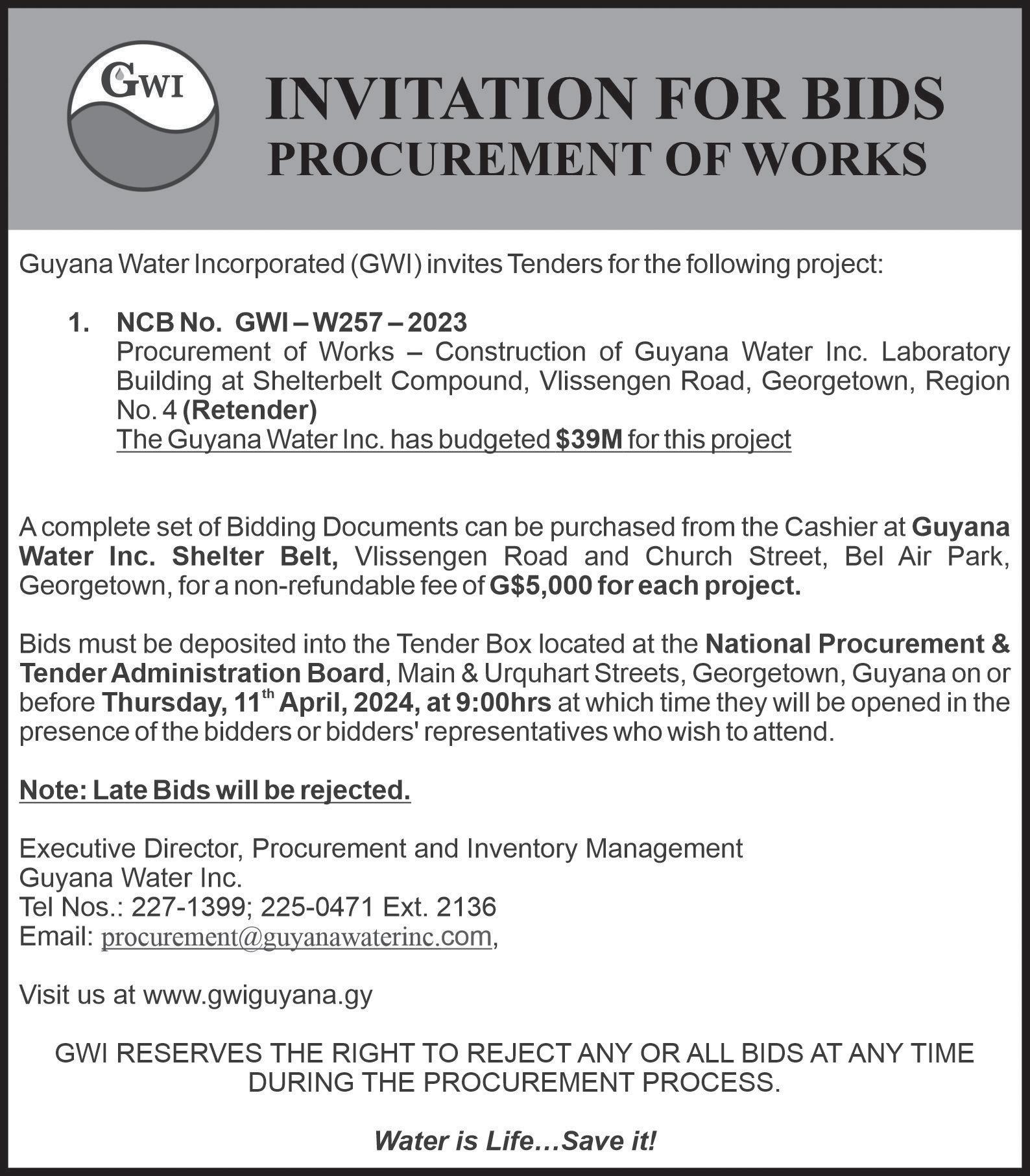











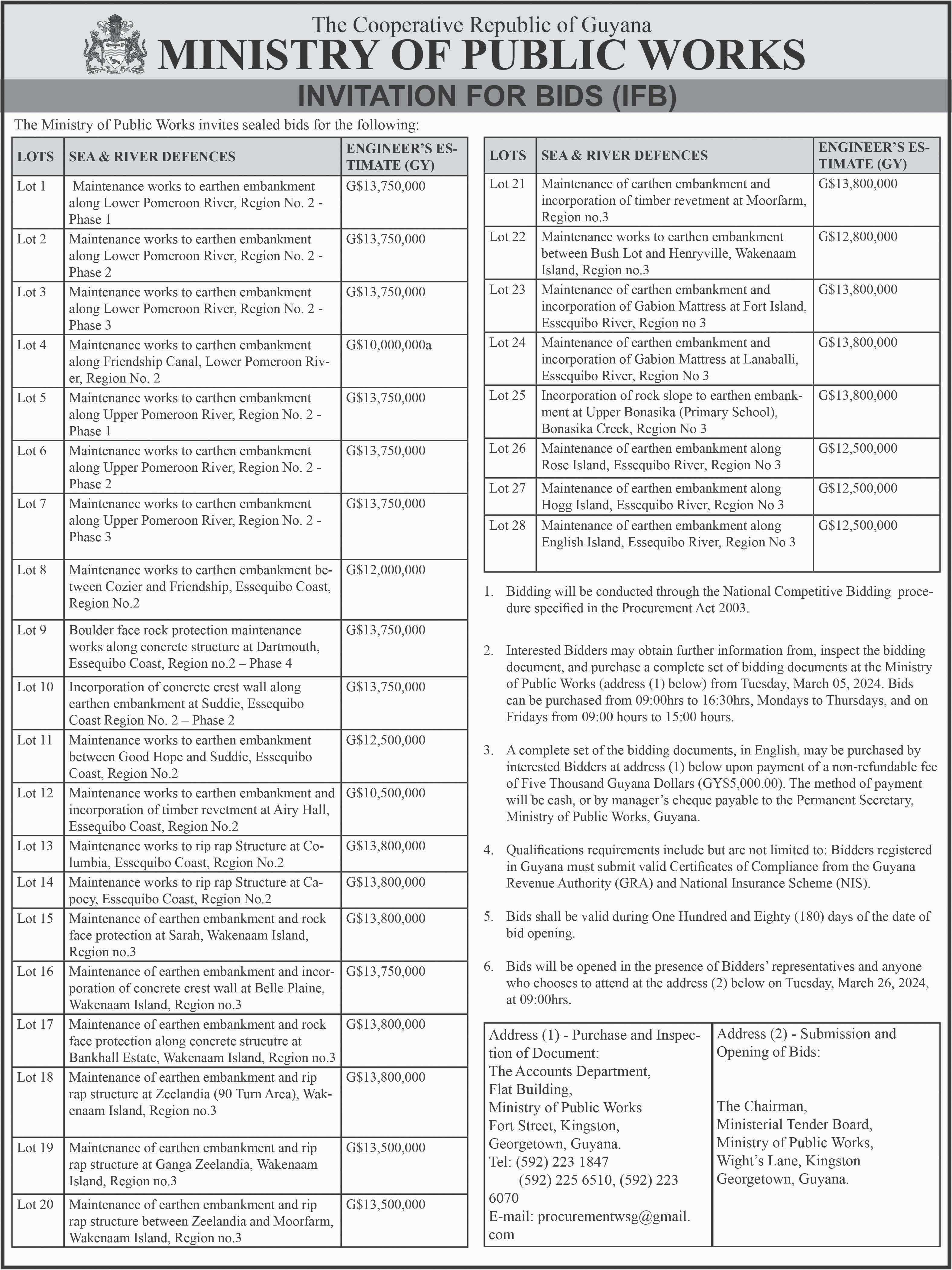




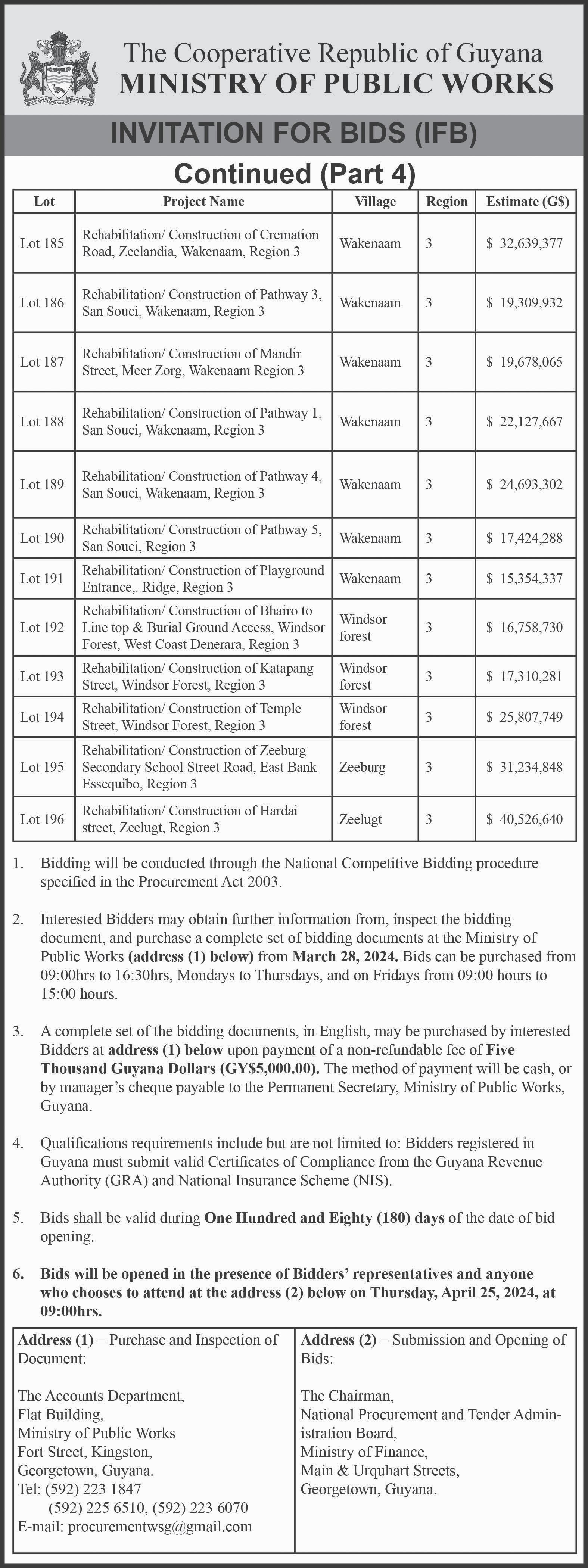

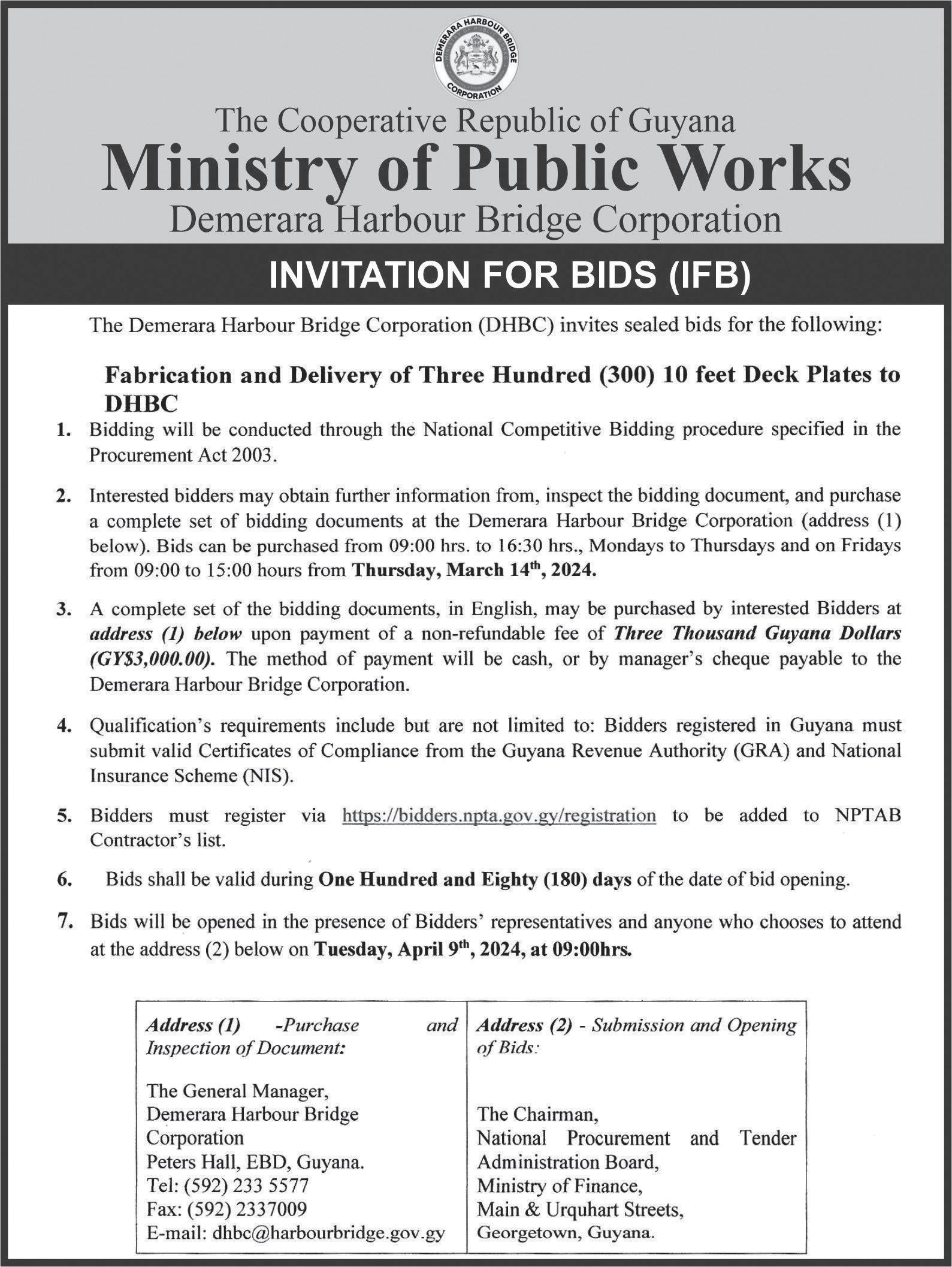


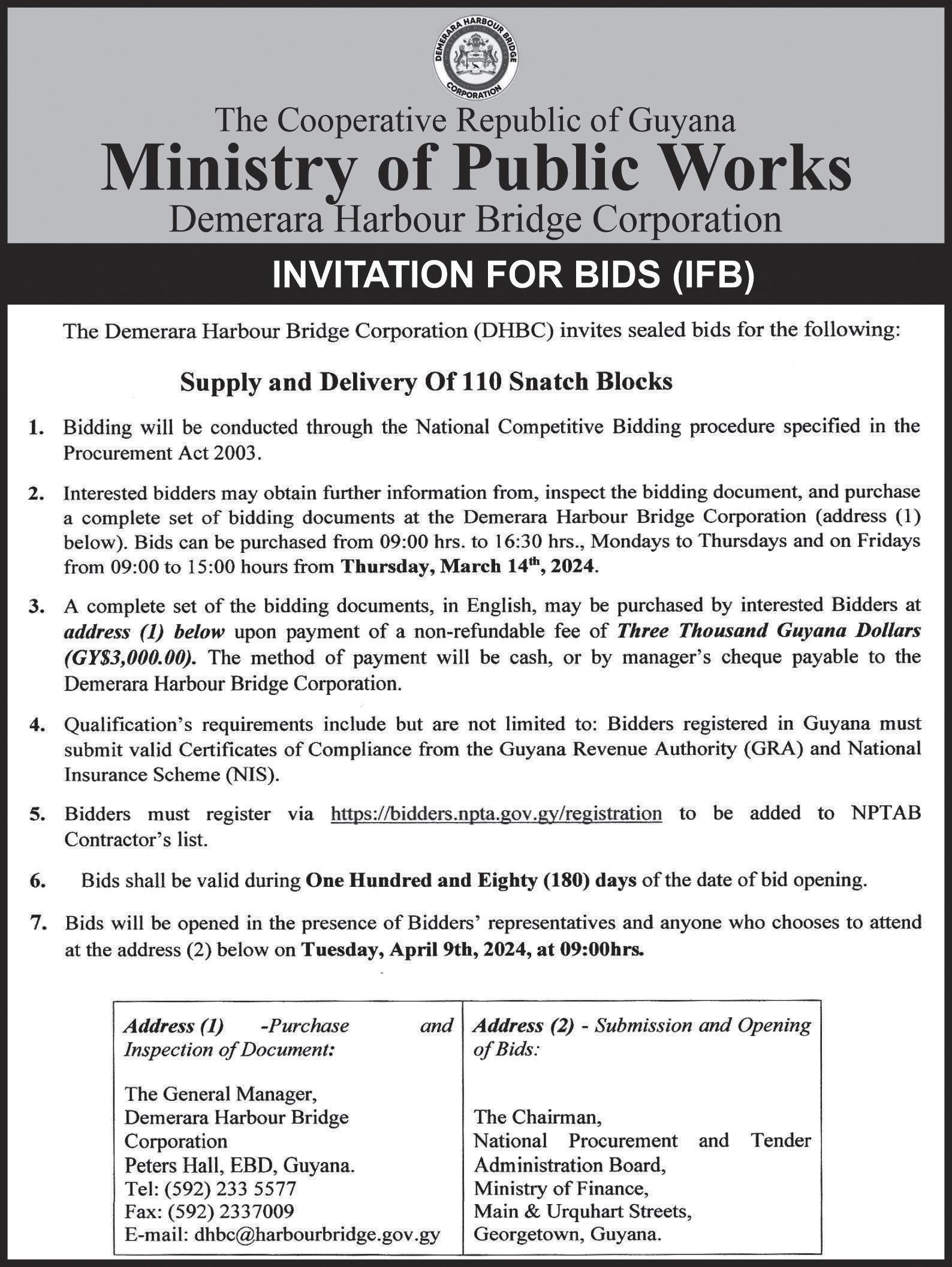


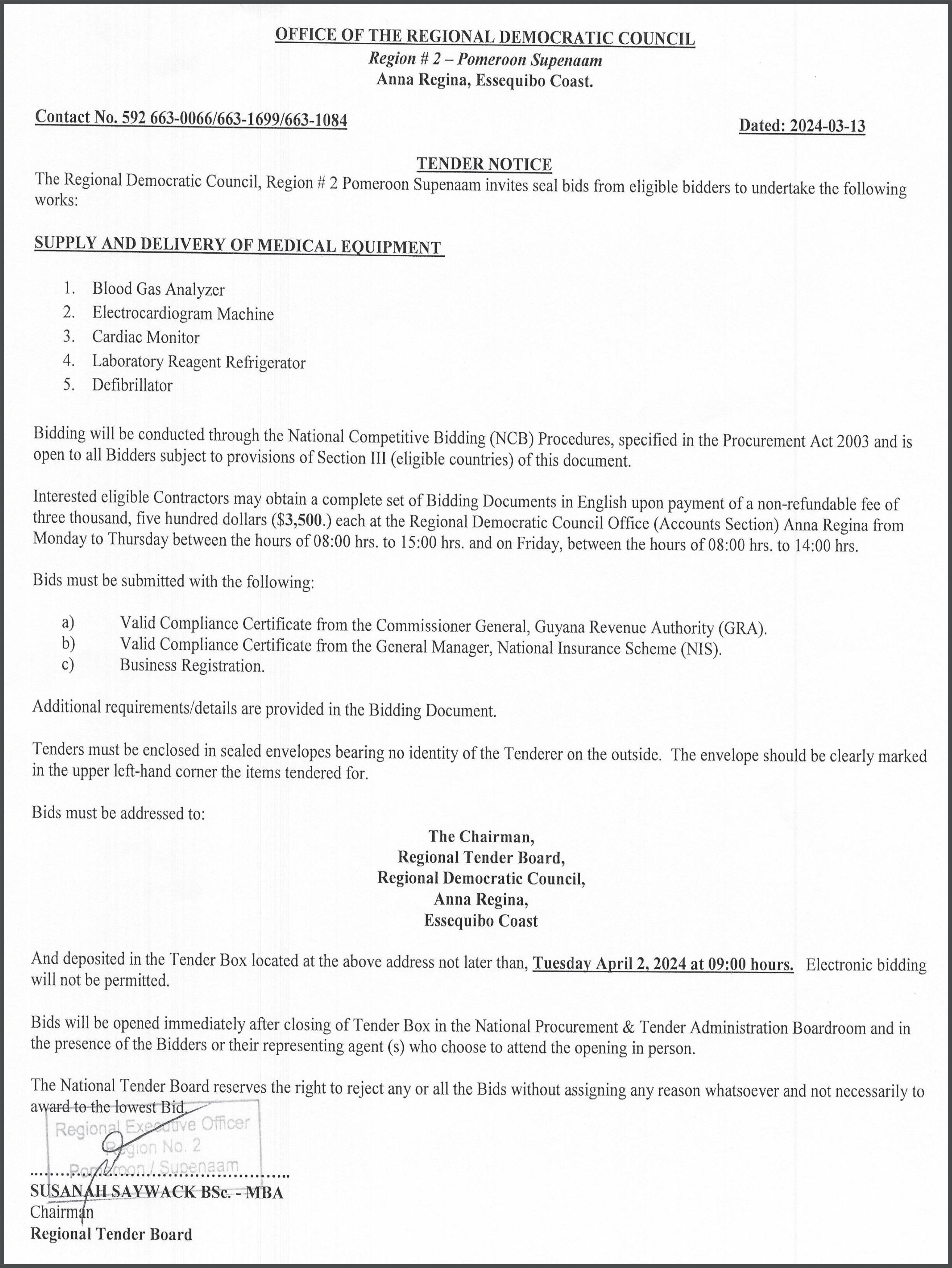

Clear writers, like fountains, do not seem so deep as they are; the turbid look the most profound. WALTER SAVAGE LANDOR (1775-1864) Imaginary Conver- sations (1823).
Dear Student, Welcome dear friend. To determine how description is organised in a text, you need to exercise two sets of reading skills, namely: i)
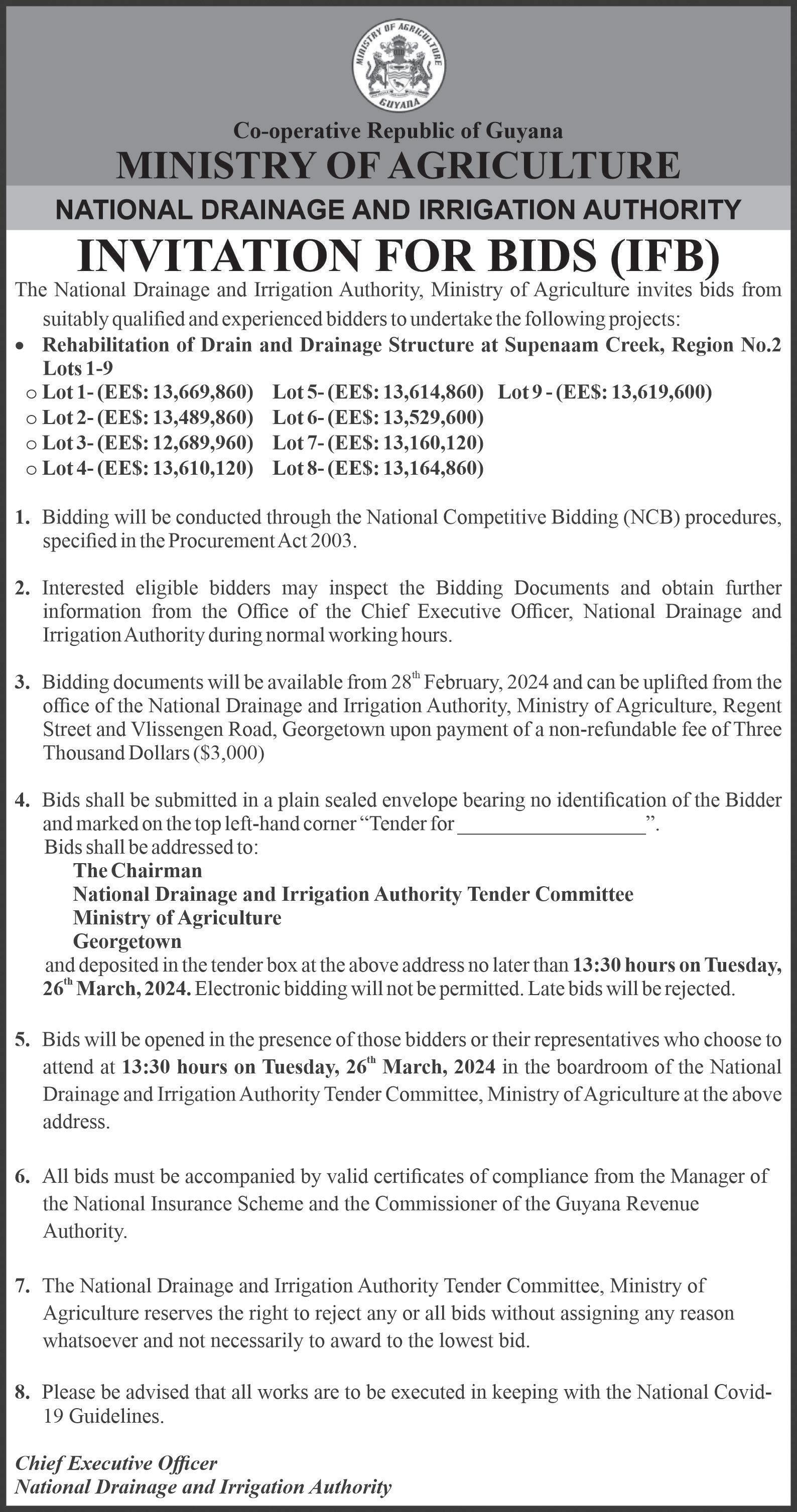
selecting and extracting relevant points, and ii) understanding relations between parts of the text. Mainly, descriptive texts are organised in different ways to allow the reader to visualise the scene. Some ways are from down to up, up to down, outside to inside, most striking to less striking, details to general impression, and general impression to details. Be wise.
Love you.
Descriptive text comprehension
Note: A descriptive text can give specific details that paint a picture in the reader’s mind and appeal to his senses. Descriptive writing may also go beyond creating a strong sensory impression to give a “picture” of the feelings the description evokes in the writer.
Descriptive texts can increase the readers’ vocabulary and improve their comprehension in writing. Such texts also enable students to develop their imagination especially in written Standard English.
Read the passages and answer the questions that follow each.
Howard’s End,
Tuesday
Dearest Meg,
It isn’t going to be what we expected. It is old and little, and altogether delightful – red brick. We can scarcely pack in as it is, and the dear knows what will happen when Paul (youngest son) arrives tomorrow. From hall you go right or left into dining-room or drawing-room. Hall itself is practically a room. You open another door in it, and there are the stairs going up in a sort of tunnel to the first floor. Three bedrooms in a row there, and three attics in a row above. That isn’t all the house really, but it’s all that one notices – nine windows as you look up from the front garden.
(From E.M. Forster: “Howards End”)
1. What is the passage all about?
2. Give the meaning of each phrase: altogether delightful, and the dear knows what will happen, Hall itself is practically a room, in a sort of tunnel, three attics in a row.
3. What is the writer’s general opinion about the house? Is he pleased about it? Give evidence from the text.
4. What is the descriptive organisation of the passage?
TWO:
Woodleigh Bolton was a straggling village set along the side of a hill. Galls Hall was the highest house just at the top of the rise, with
a view over Woodleigh Camp and the moors towards the sea… The house itself was bleak and obviously Dr. Kennedy scorned such modern innovations as central heating. The woman who opened the door was dark and rather forbidding. She led them across the rather bare hall and into a study where Dr. Kennedy rose to receive them. It was a long, rather high room, lined with well-filled bookshelves.
(From Agatha Christie: “Sleeping Murder”)
1. Why do you think, is Woodleigh Bolton described as a straggling village?
2. A moor is a mossy upland covered in bushes and grass. Woodleigh Camp is next to the moors in the passage. You camped at Woodleigh for a week. Give your opinion about the stay there.
3. Dr. Kennedy’s house was bleak. What made it bleak according to the passage?
4. The woman who opened the door was dark and rather forbidding. How does this statement enable you to visualise her?
5. Dr. Kennedy rose to receive his visitors. What does this tell you about him?
6. Tell another point about Dr. Kennedy.
Note: a) Imagery in a literary or poetic sense, is the author’s use of description and vivid language to deepen the reader’s understanding of his work. Poets love to appeal to the senses of their reading and listening audiences. They can appeal to your senses through visual imagery (sight), auditory imagery (sound), tactile imagery (touch), olfactory imagery (smell), or gustatory imagery (taste).
b) The structure of a poem refers to the way in which the text is set out to catch reader attention – the way the text is fitted together. Readers are drawn to elements like line spacing, line length, etc. But mainly, the things about poetry structure are its meter, rhyme, stanzas, verse, and rhyme scheme.
Poetic structure is important to both the writer and reader. When structure is clearly understood, it is seen to not only provide a framework for the writer, but to also help to lead the reader through the poem and to its central message.
c) Diction is the poet’s use of language, word choice, and syntax.
Read the poem and answer the questions below it.
He thought before the war
Of conflicts, heroism, enemies
Who had to be crushed;
Causes that had to be fought for.
He had no time before the war
For bright skies, fields, the warm Sun, his woman – only
Causes that had to be fought for.
I see him now after the war
In my lifetime. I notice his love
Of the sun, bright skies, his woman:
Causes that have to be fought for.
1. State in your own words the meaning of the poem.
2. What attracts you to the language of the poem?
3. Does the poem have a fixed structure? Give that a name.
4. What if there were no fixed structure? What can you then call its structure?
5. Read the poem to your study partners. Record the looks on their faces and then ask each to say what caused the expression.

THOSE who are lucky to have most of their natural teeth still should be intelligent enough to maintain their good fortune by having prophylaxis (cleaning) done at least once every three months. If not, they may suffer from periodontal disease despite regular and thorough brushing with flossing. These preventative measures cannot guarantee absolute freedom from any dental affliction because direct vision and objective procedures are essential to remember to ensure detection and remedy.
Scaling, root planing, and curettage (scraping diseased gums) were the basic procedures in periodontal therapy long before periodontics was recognised as a speciality of dentists. What are the indications, contradictions, and expectations of these treatment modalities?
The periodontal lesion consists of a pocket. The tooth aspect of this pocket is the dentin and cementum of the root. The soft tissue aspect is comprised of an epithelial lining and connective tissue. When observed under a microscope, the soft tissue displays a chronic inflammatory lesion. In other words, certain types of cells invade the gum, manifesting breakdown products and sights of repair. The pocket deepens in response to this chronic inflammatory knee process. The attachment’s atypical migration (penetration along the roots) results in a deep sulcus (grove).
Scaling removes plaque, calculus and stain, thereby eliminating all the factors causing inflammation. The supragingival ( which is visible above the gum line ) deposits are easily removed. Subgingival calculus requires the placing of the instruments below the gingival peak. Scales are used on the crown of a root to scrape off the hard calculus (tartar), while smaller and more flexible curettes fit below the crest more easily.
Root planing removes calculus and “root roughness” from the surface of the tooth. The goal is to leave a smooth, glass-like surface. This accomplishes the removal of necrotic cementum and dentin, bacterial products and endotoxins (poisons) in the decayed cementum. Curettage has a minimal effect on the fibrous or firm gingival pockets. However, in the case of spongy gums, the inner pocket lining is scraped away. The more bleeding that occurs in the process, the better the results. Deep, narrow pockets will not shrink and are difficult to cure due to the adjacent soft tissue walls, which are firmly attached. Such areas are often seen in the upper anterior region.
The most desirable outcomes to curettage, therefore, are regeneration and reattachment. Unfortunately, epithelial adaption does not produce stable results.
Healing of the pocket may occur in three different ways: regeneration, reattachment and epithelial adaption. Regeneration is the growth of new tissues. Young cells develop into specialised tissues. Regeneration is the formation of a new periodontal ligament and new cementum with the attachment of gingival epithelium to the tooth surface denuded of disease. Epithelial adaptation is the close apposition of gingival epithelium to the tooth surface. This is not firmly attached to the root surface. A probe (dental instrument) will not pass into the pocket, but breakdown can occur with the first insult from plaque and calculus.
Generally, there can never be a complete recovery from moderate to severe periodontal disease. Once the alveolar bone is destroyed in the ailment process, naturally, there is inadequate support for the tooth, and it becomes shaky. Depending on the degree of looseness, extraction may be the only solution.
On clinical level, scaling, root planing and curettage are obviously interrelated and necessary for the healing of specific types of periodontal lesions.

